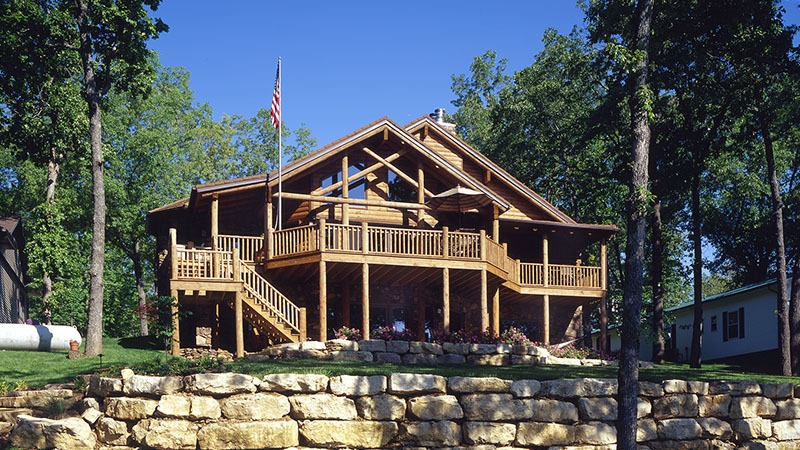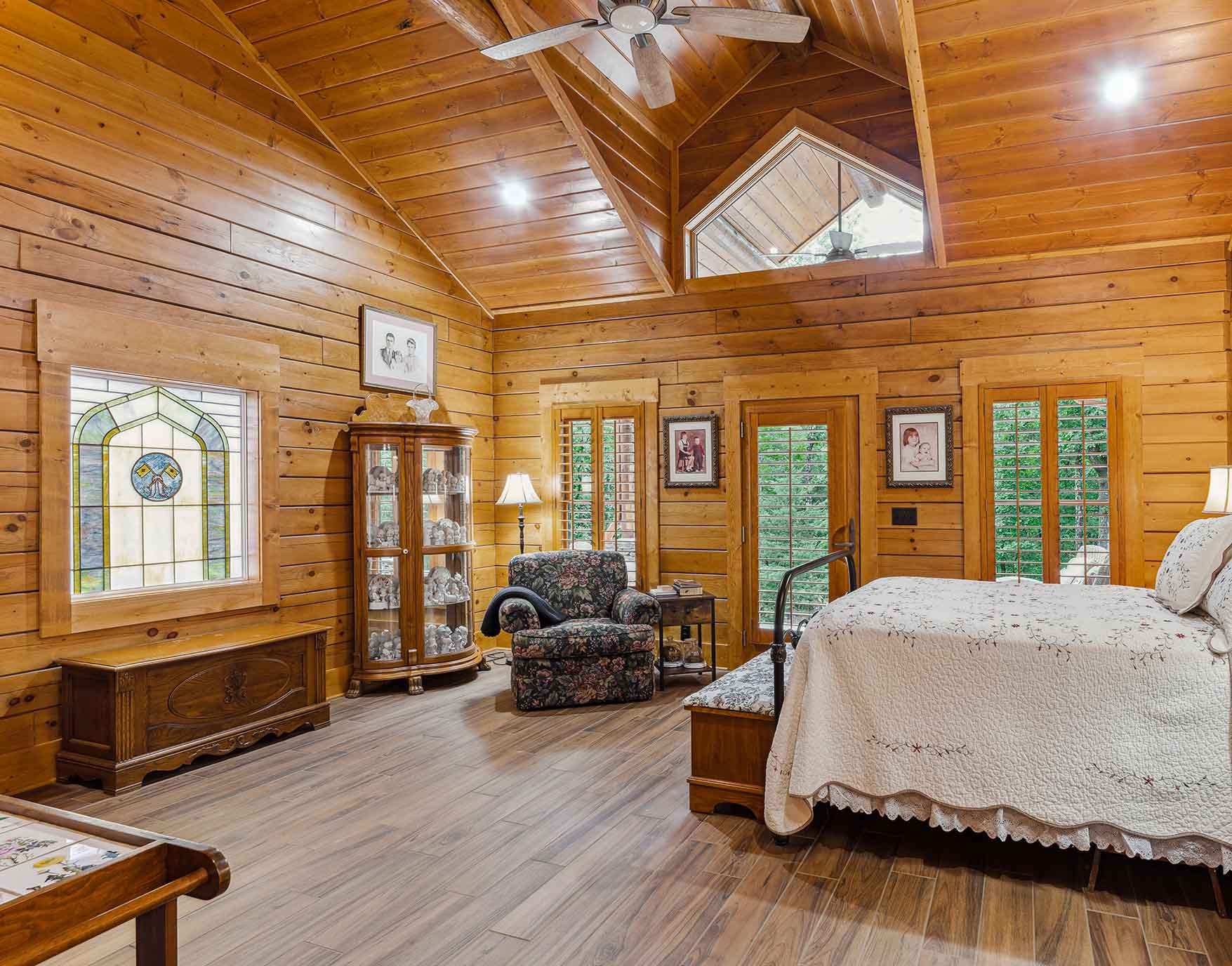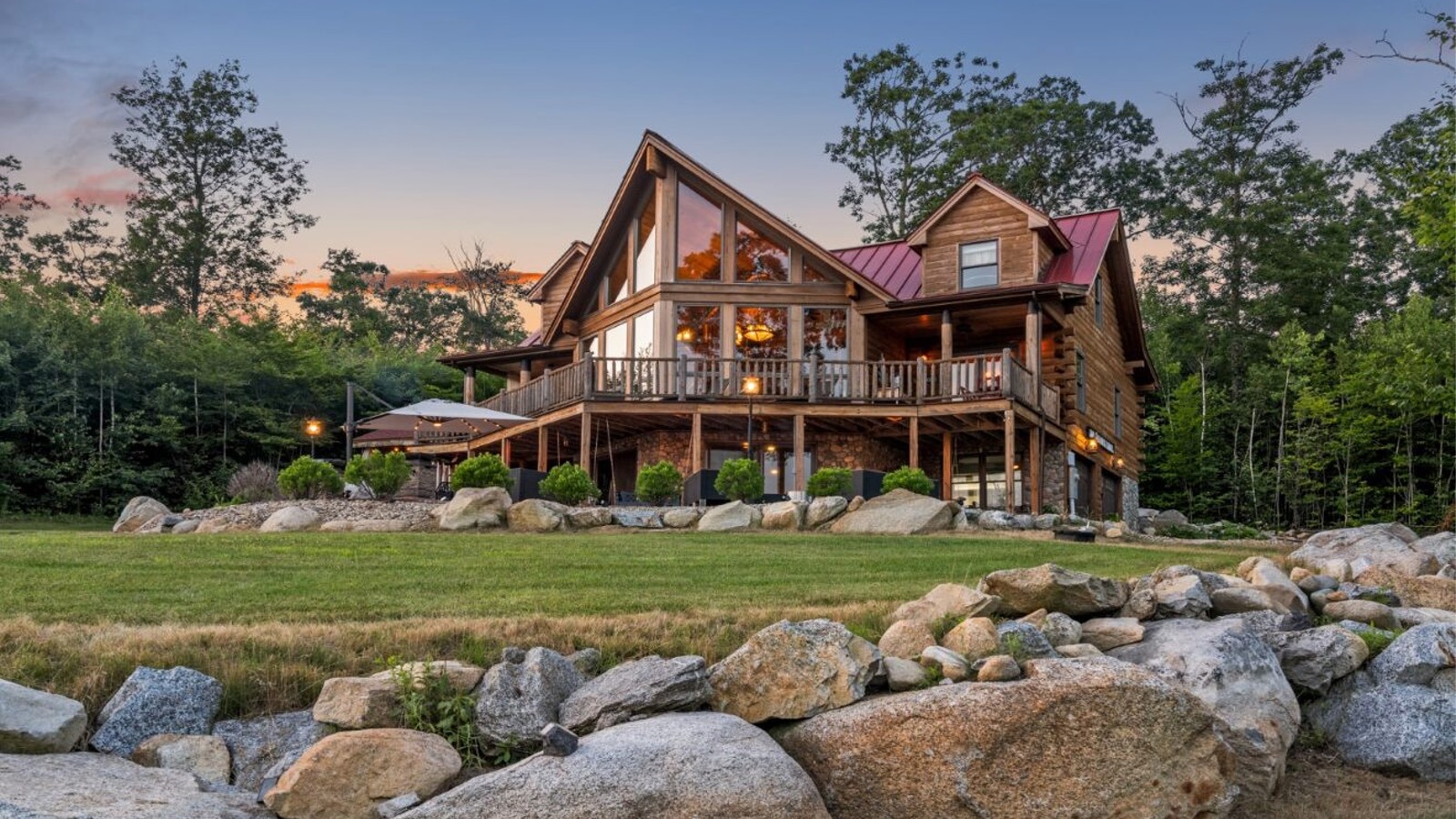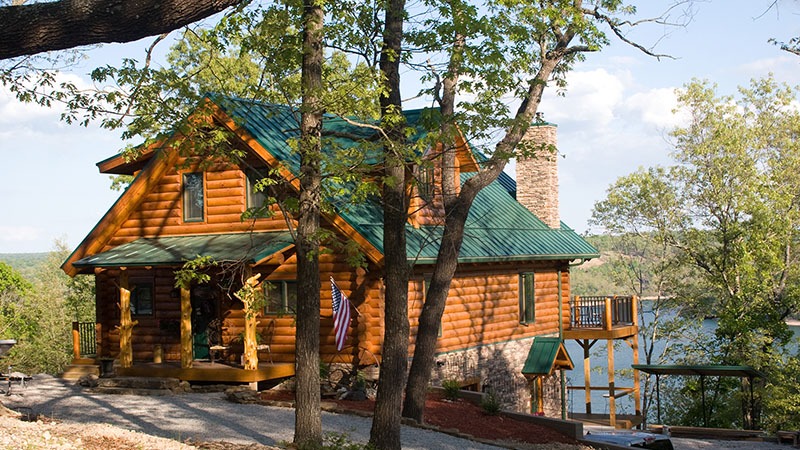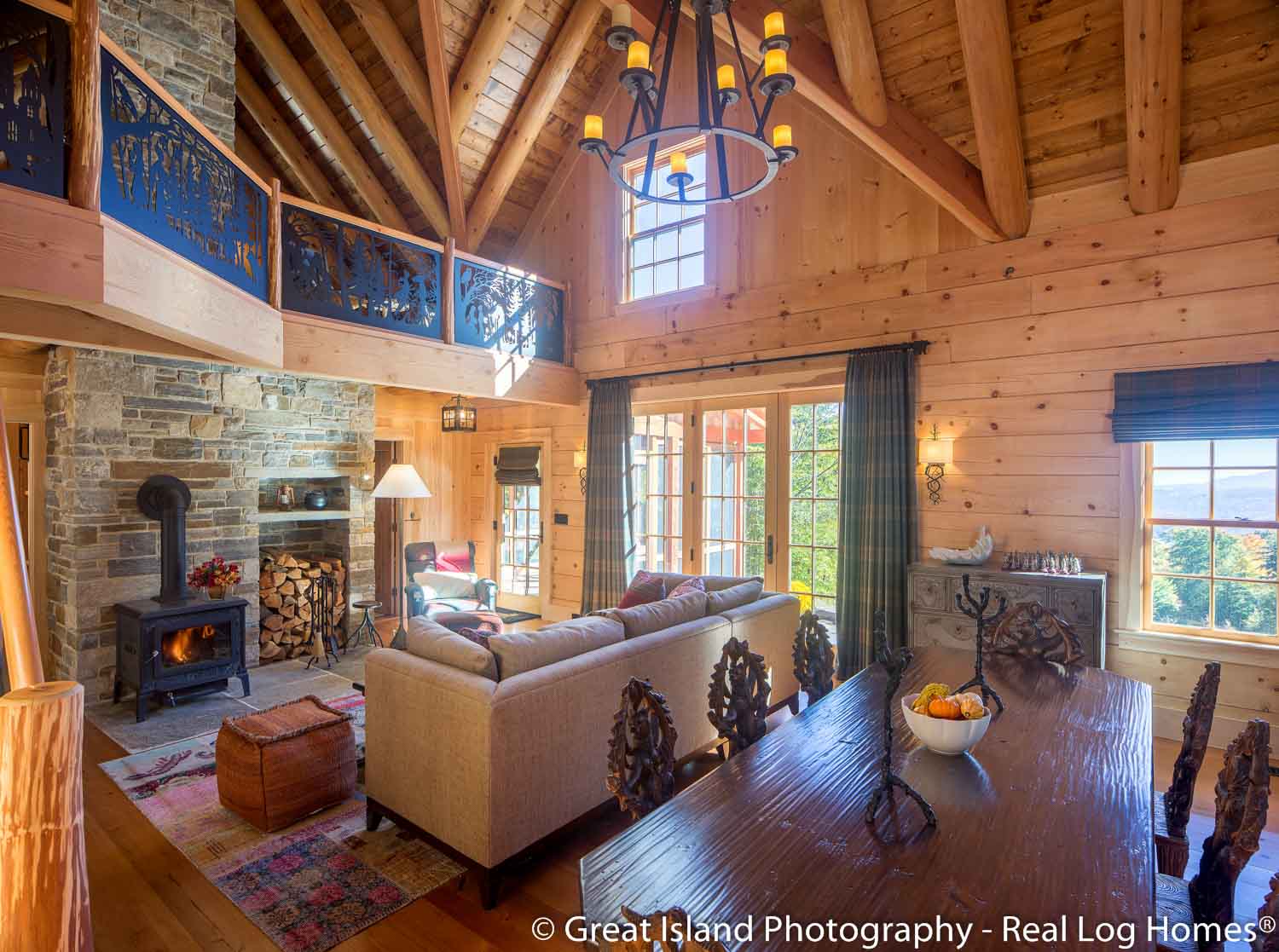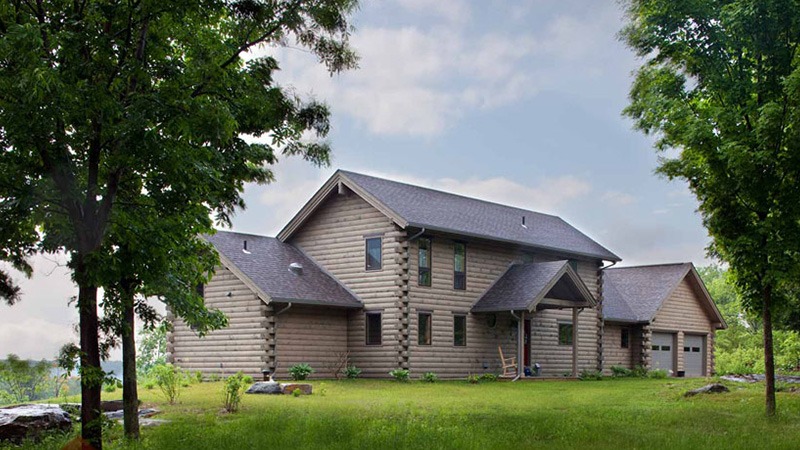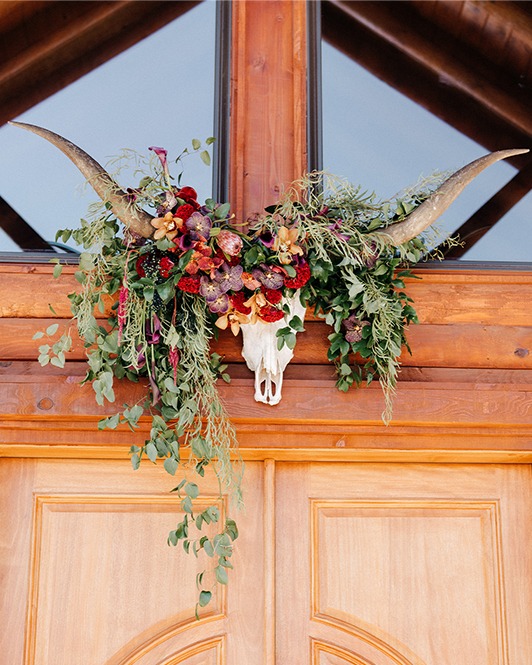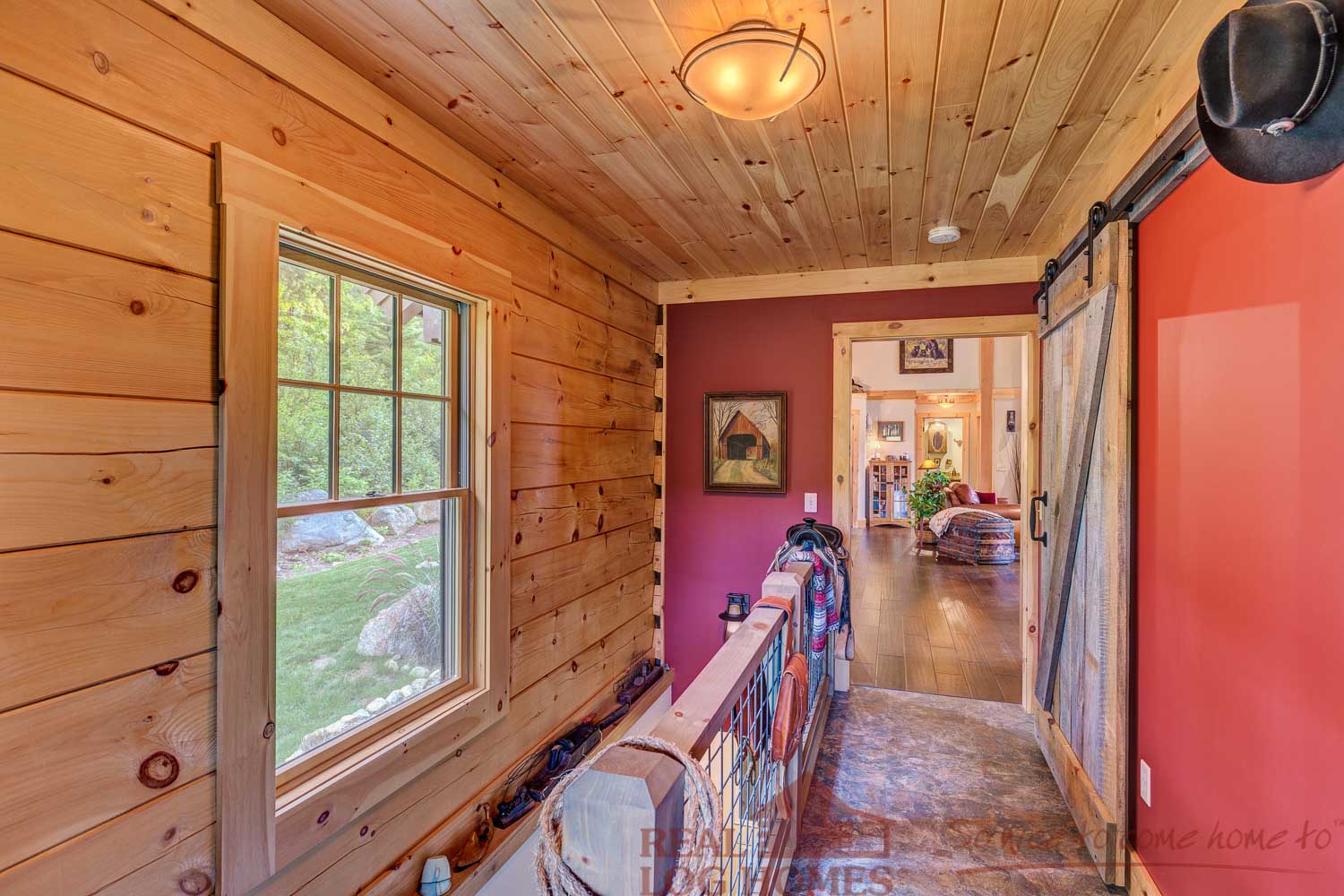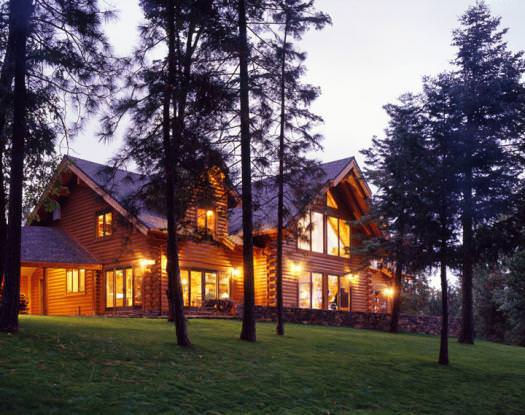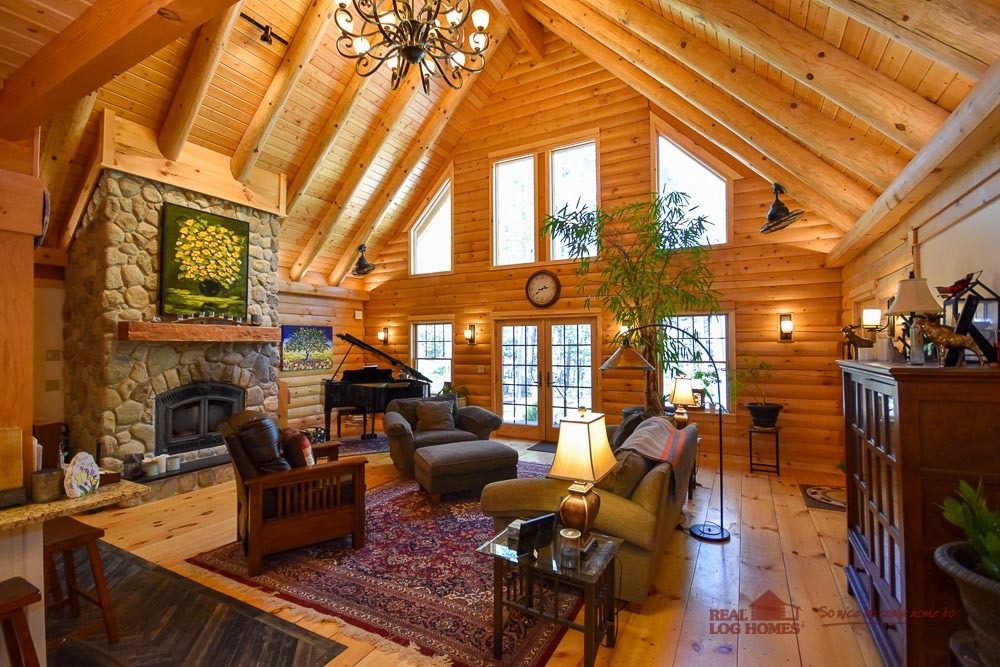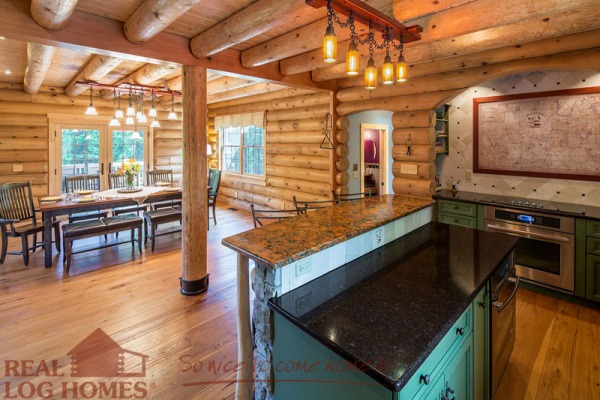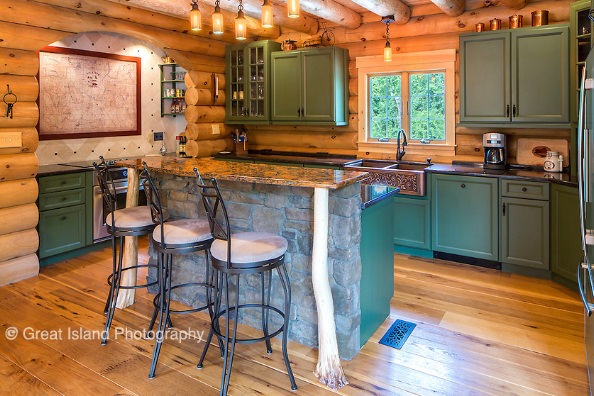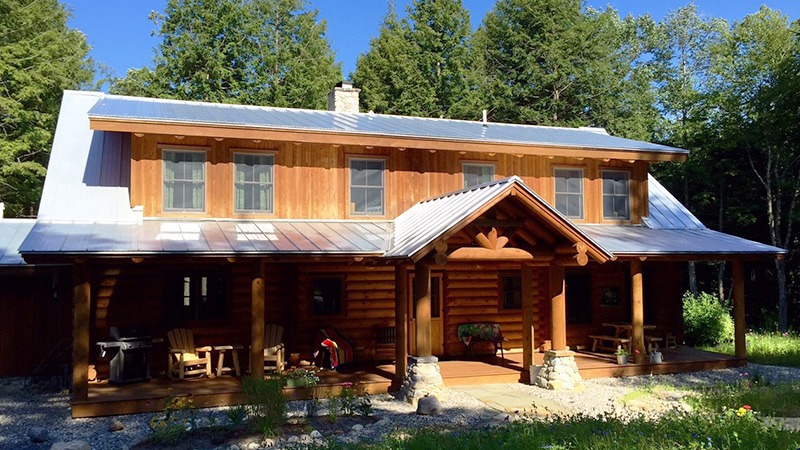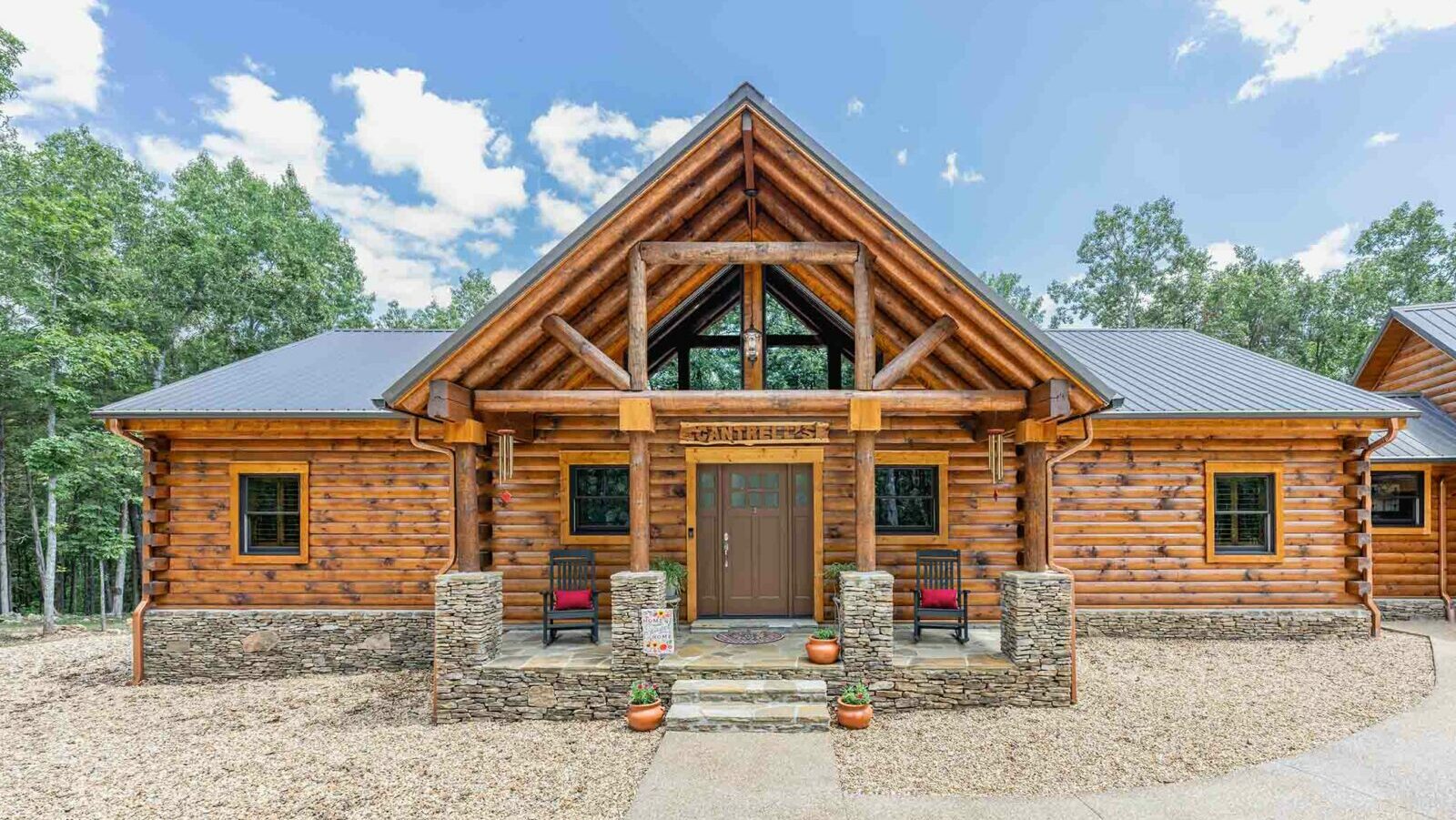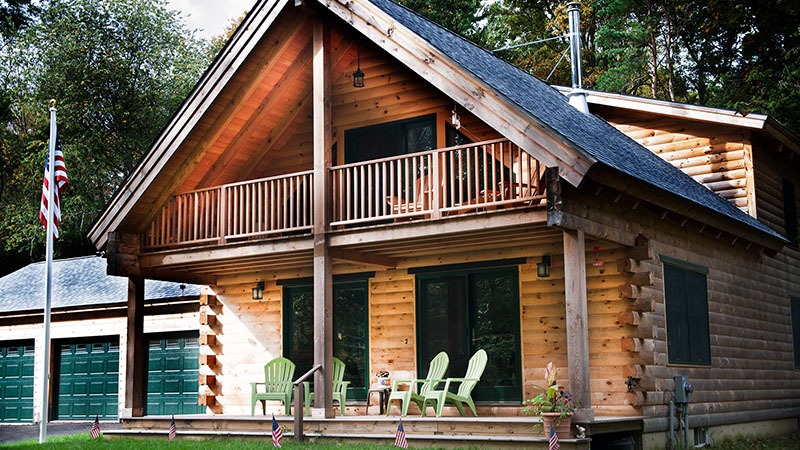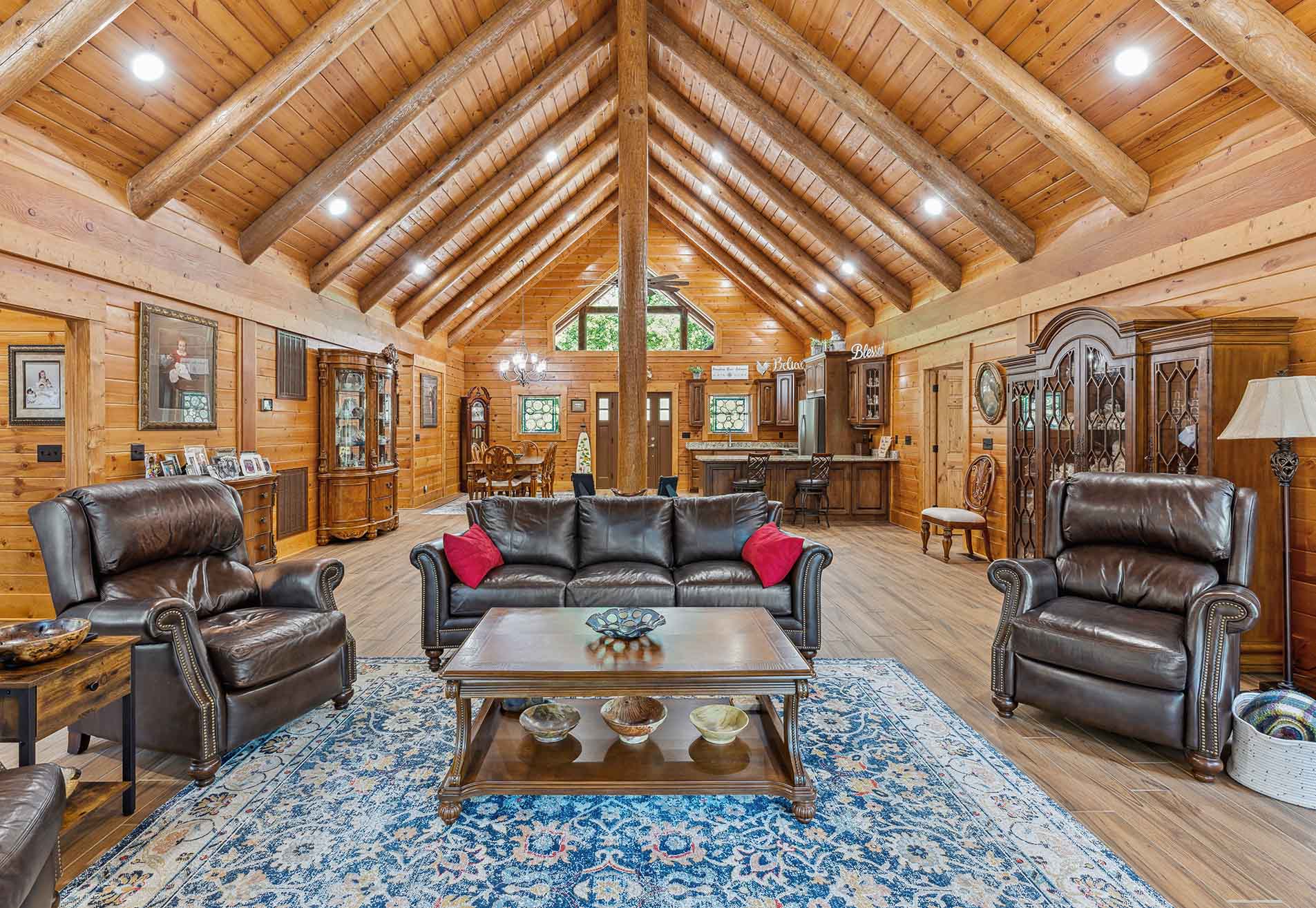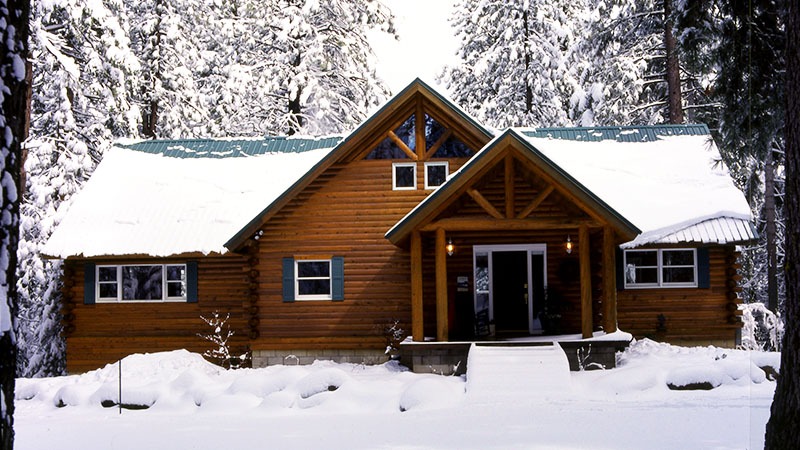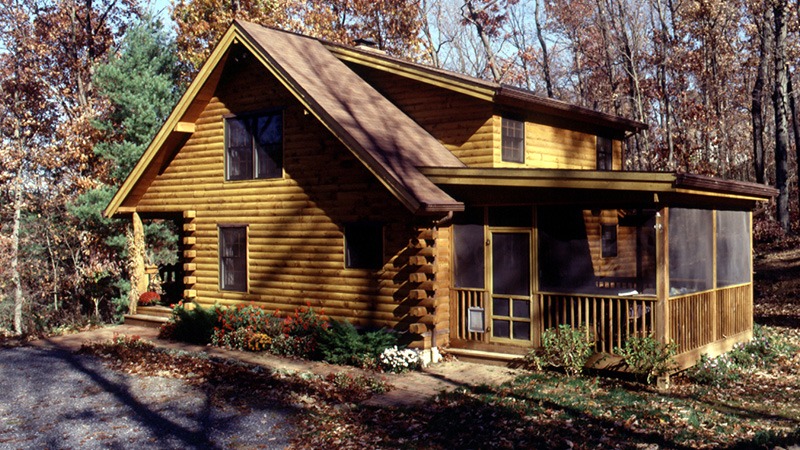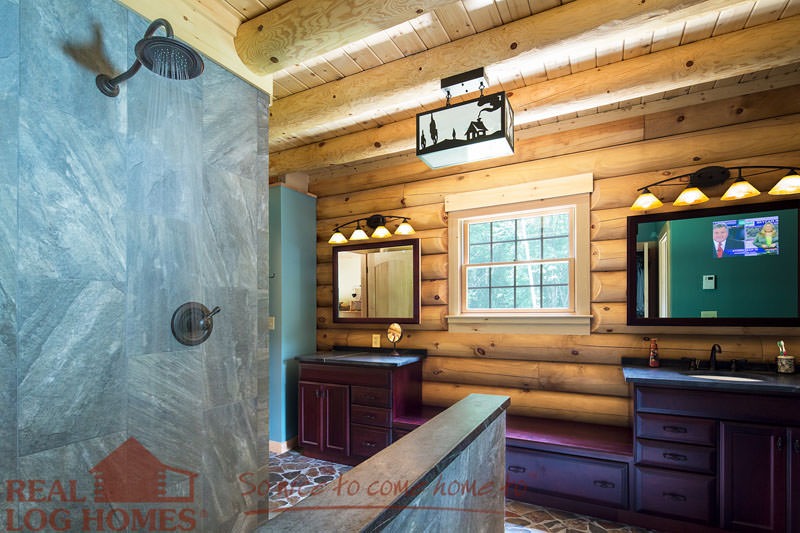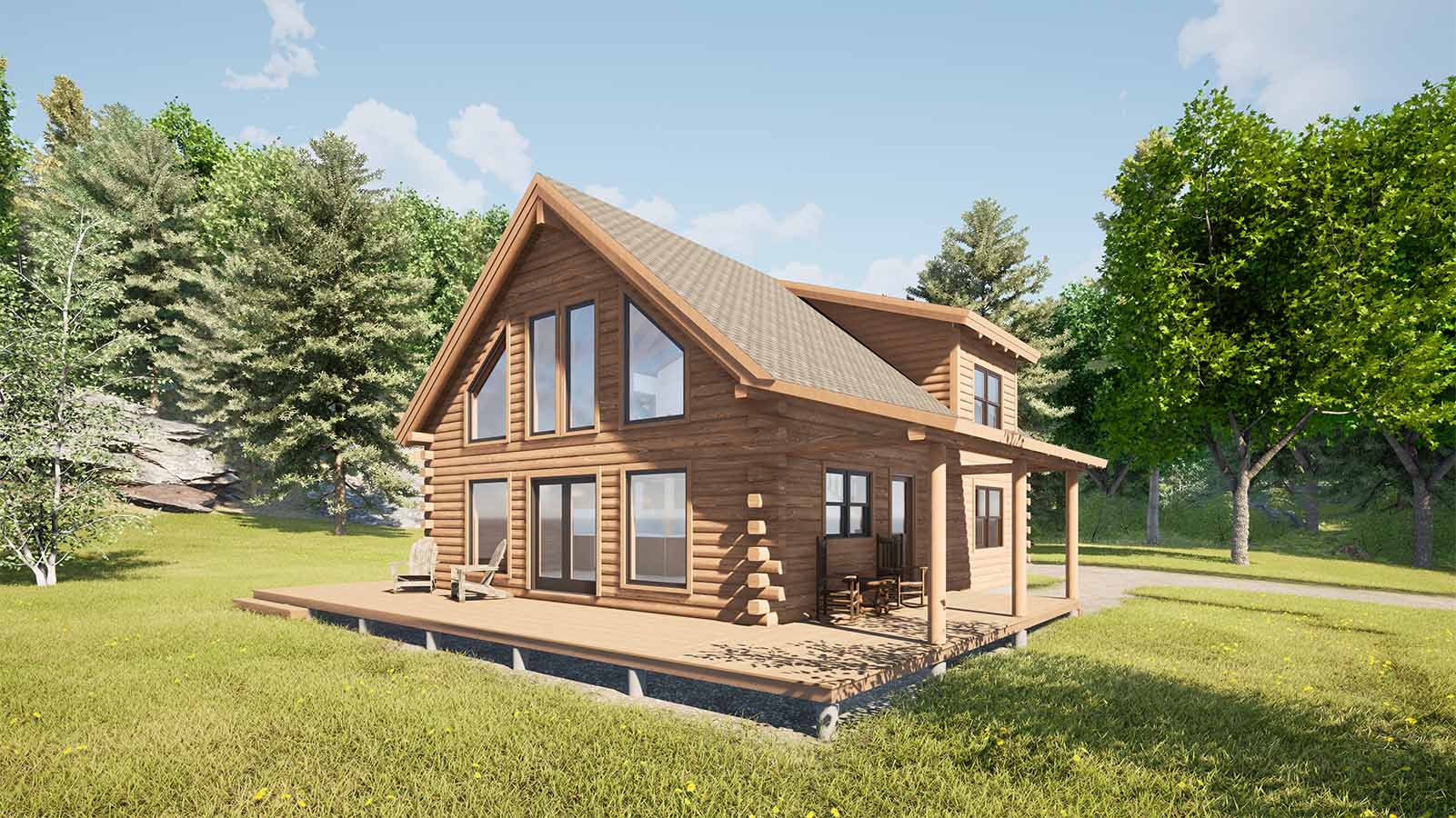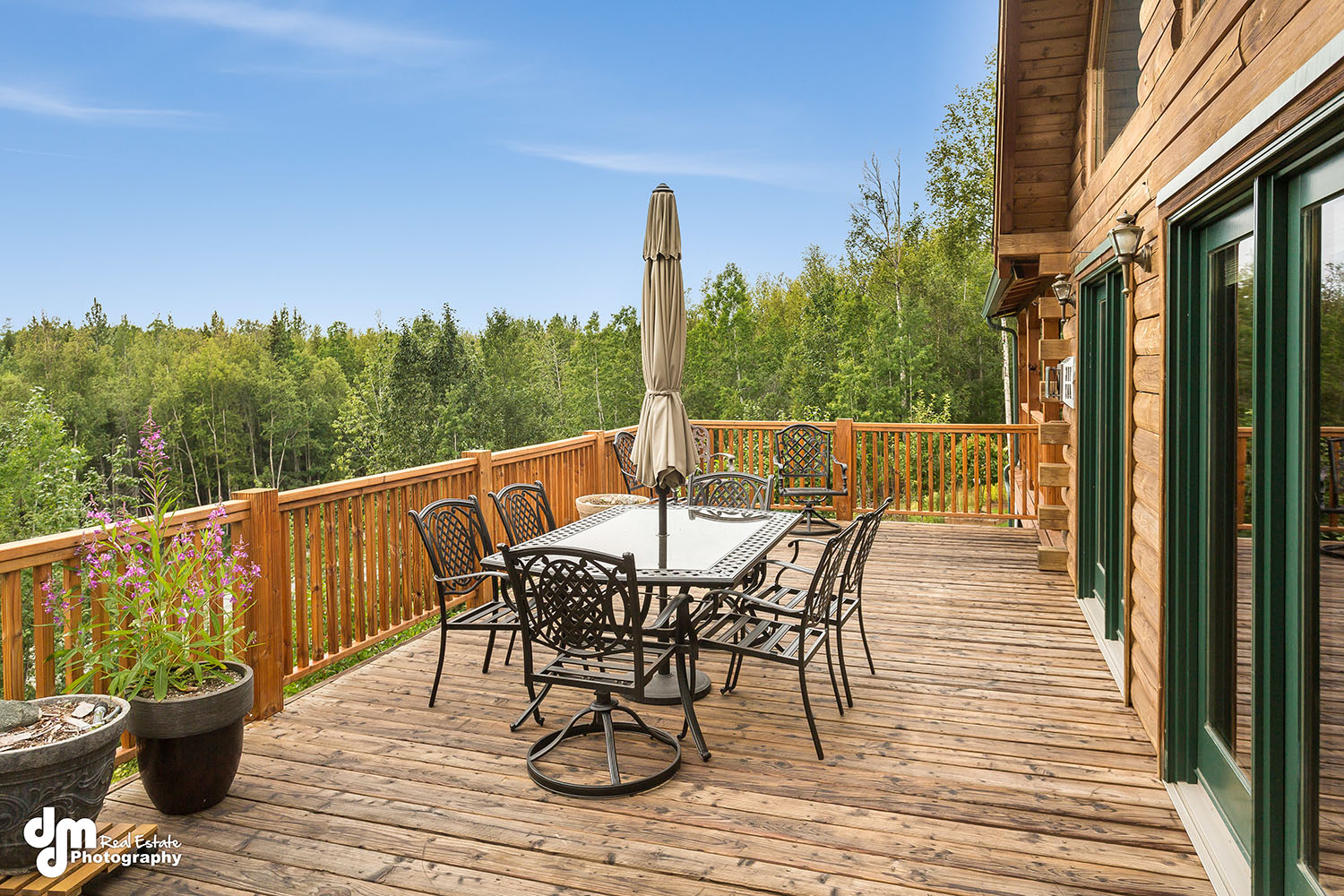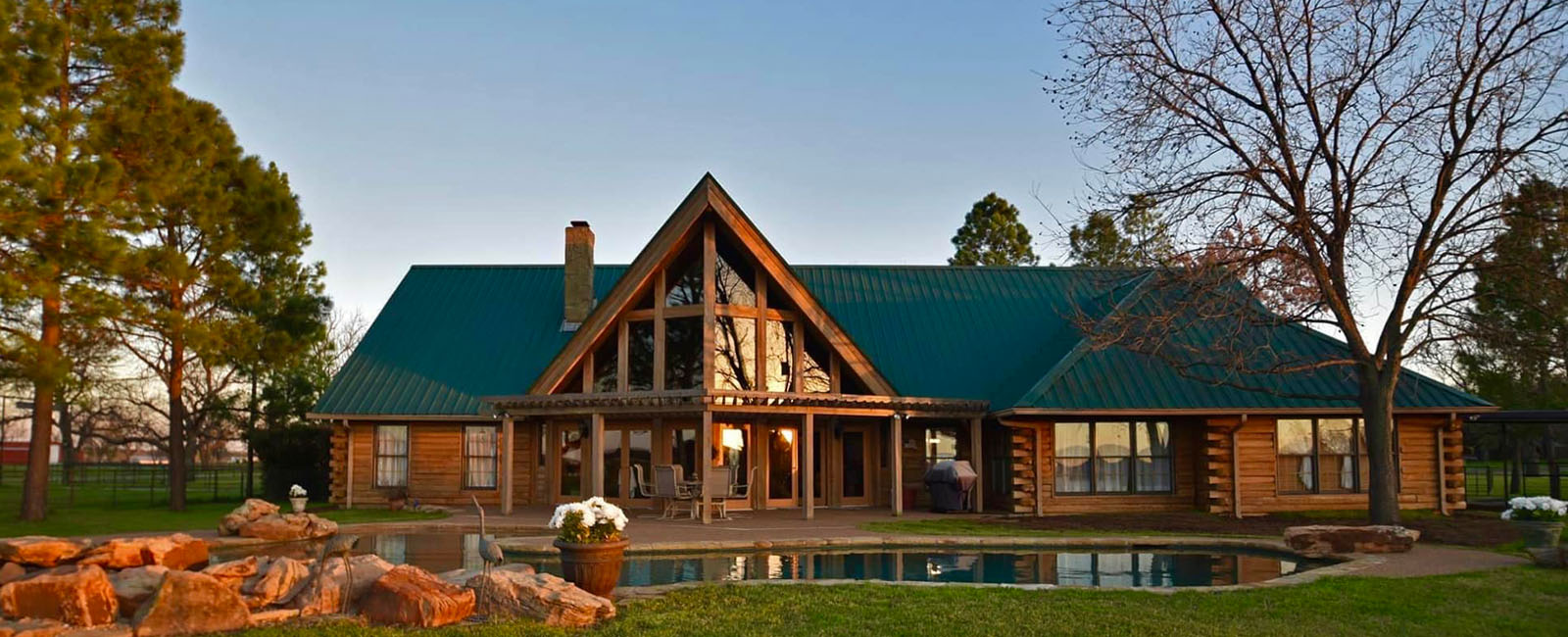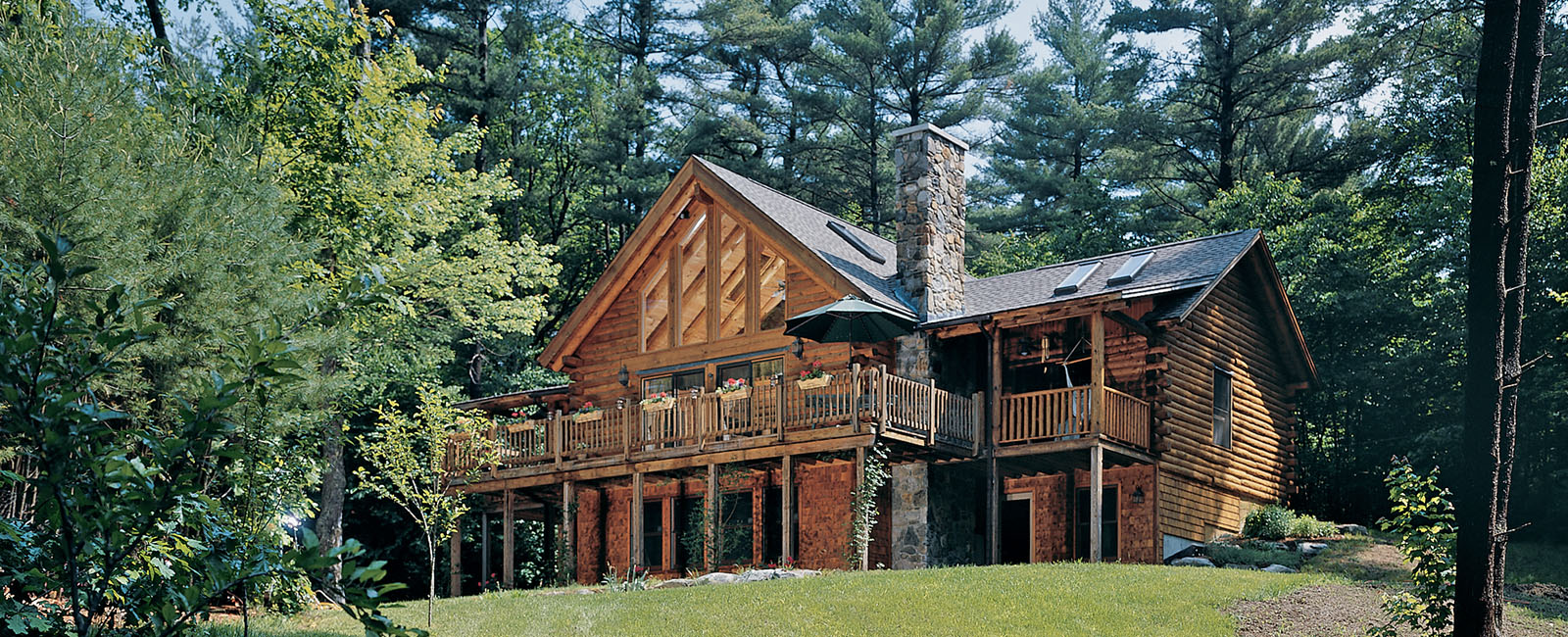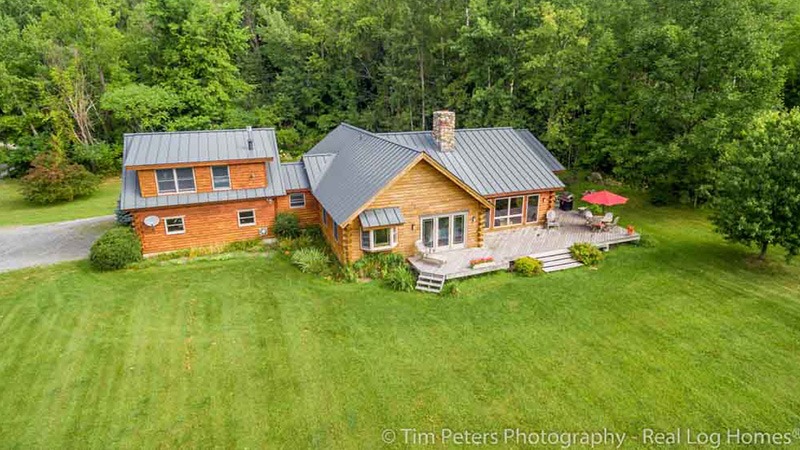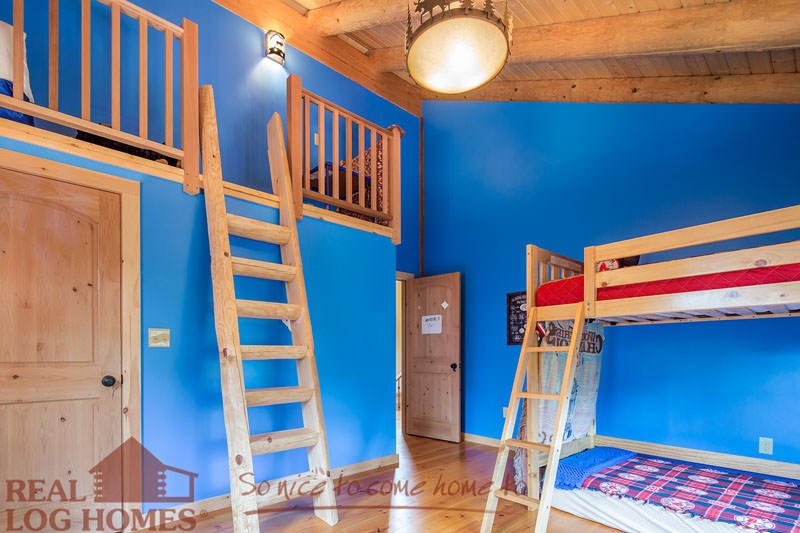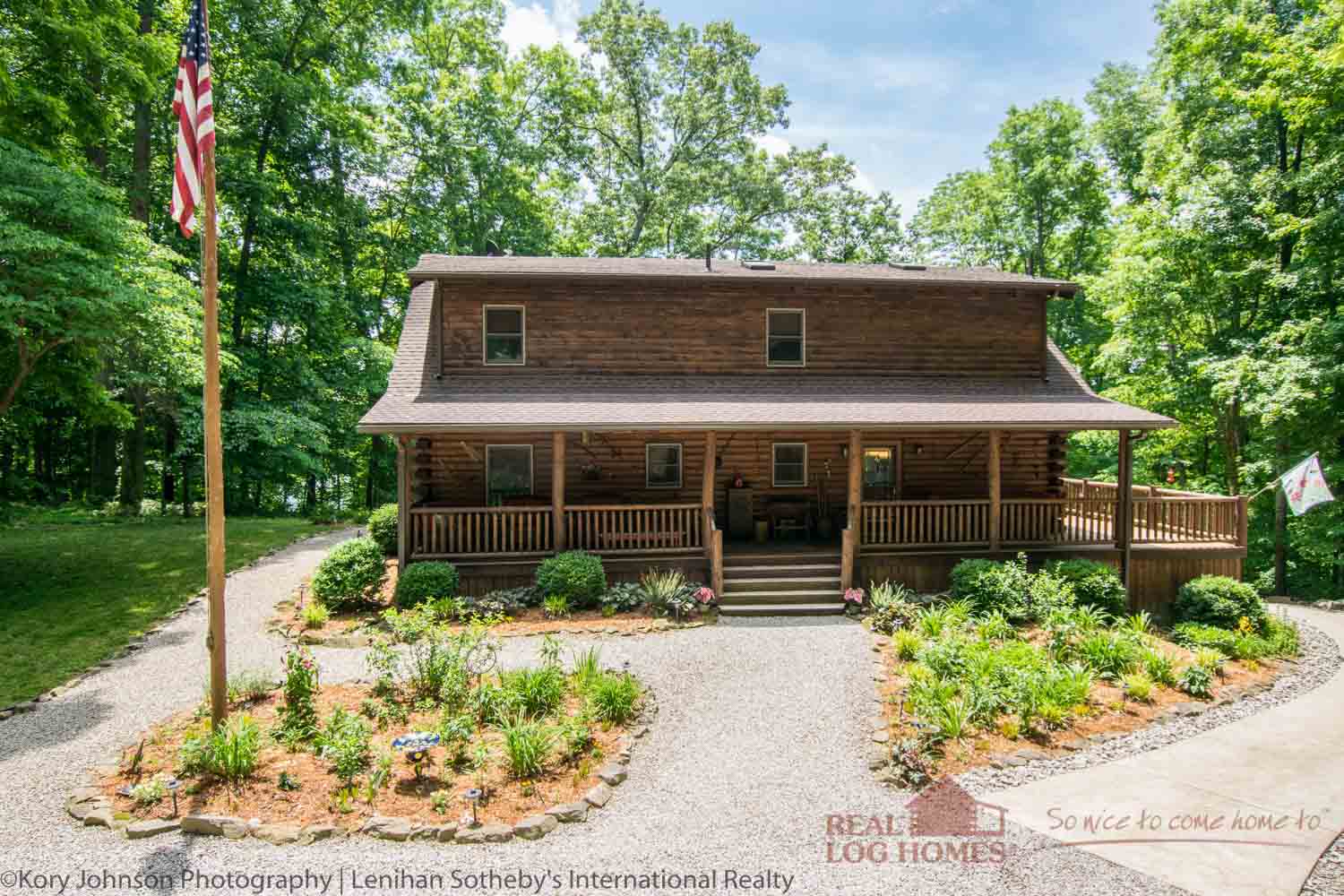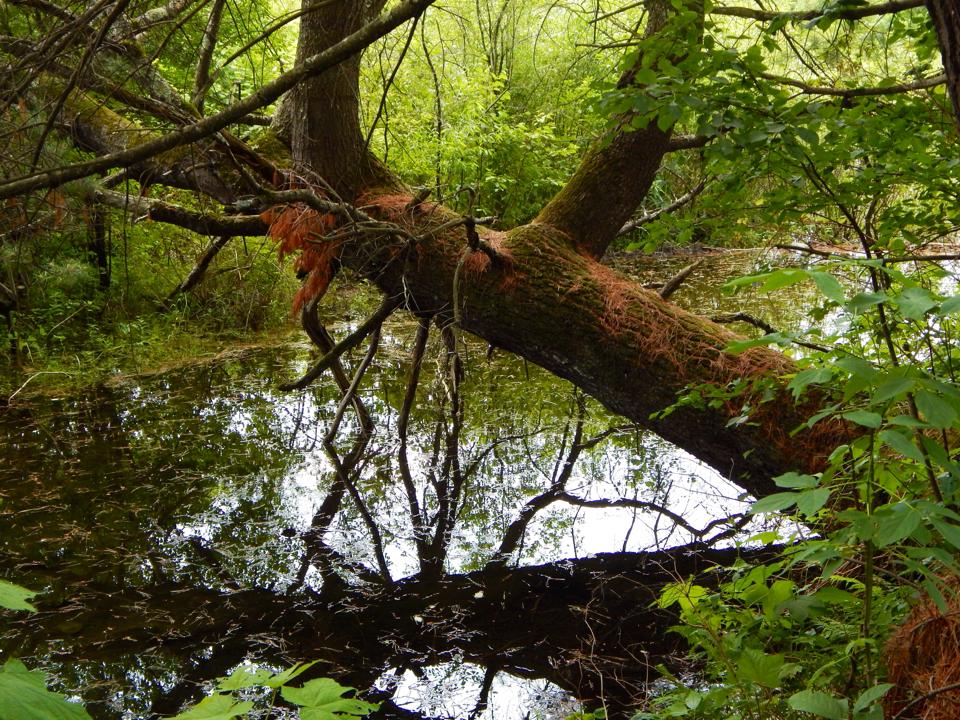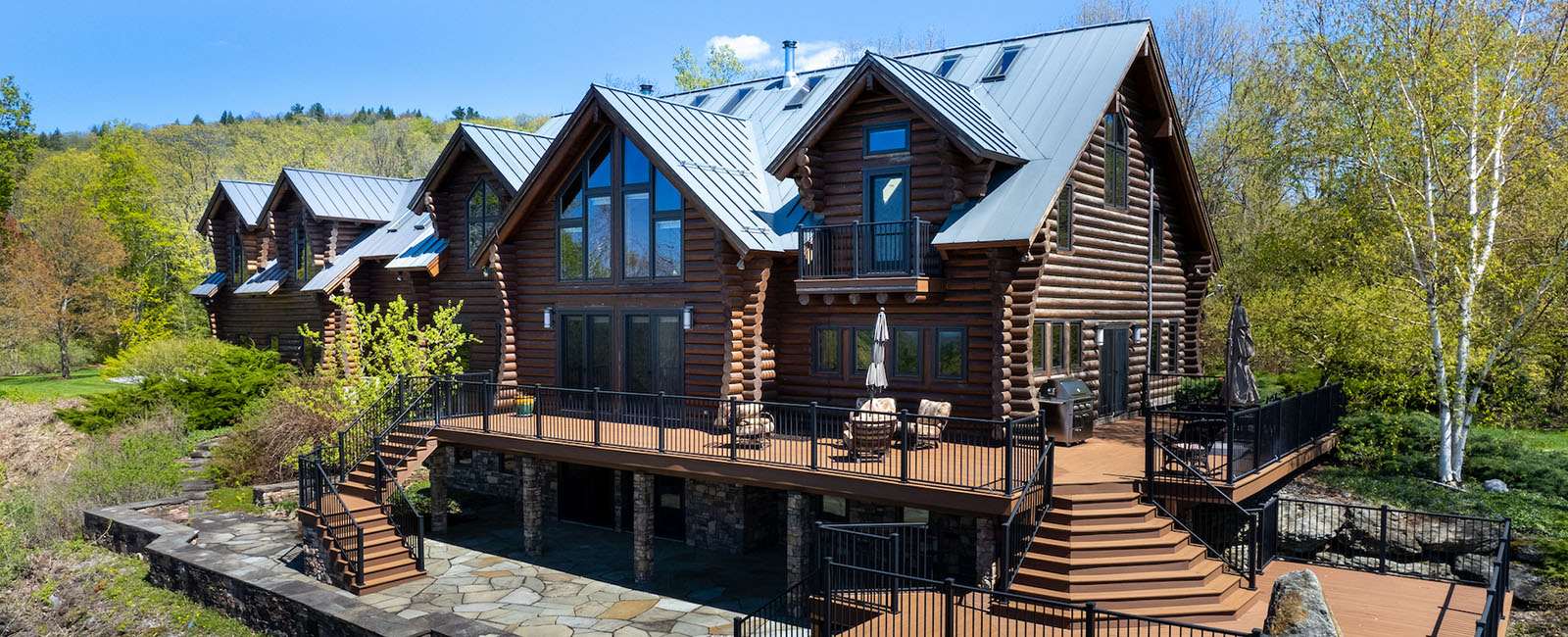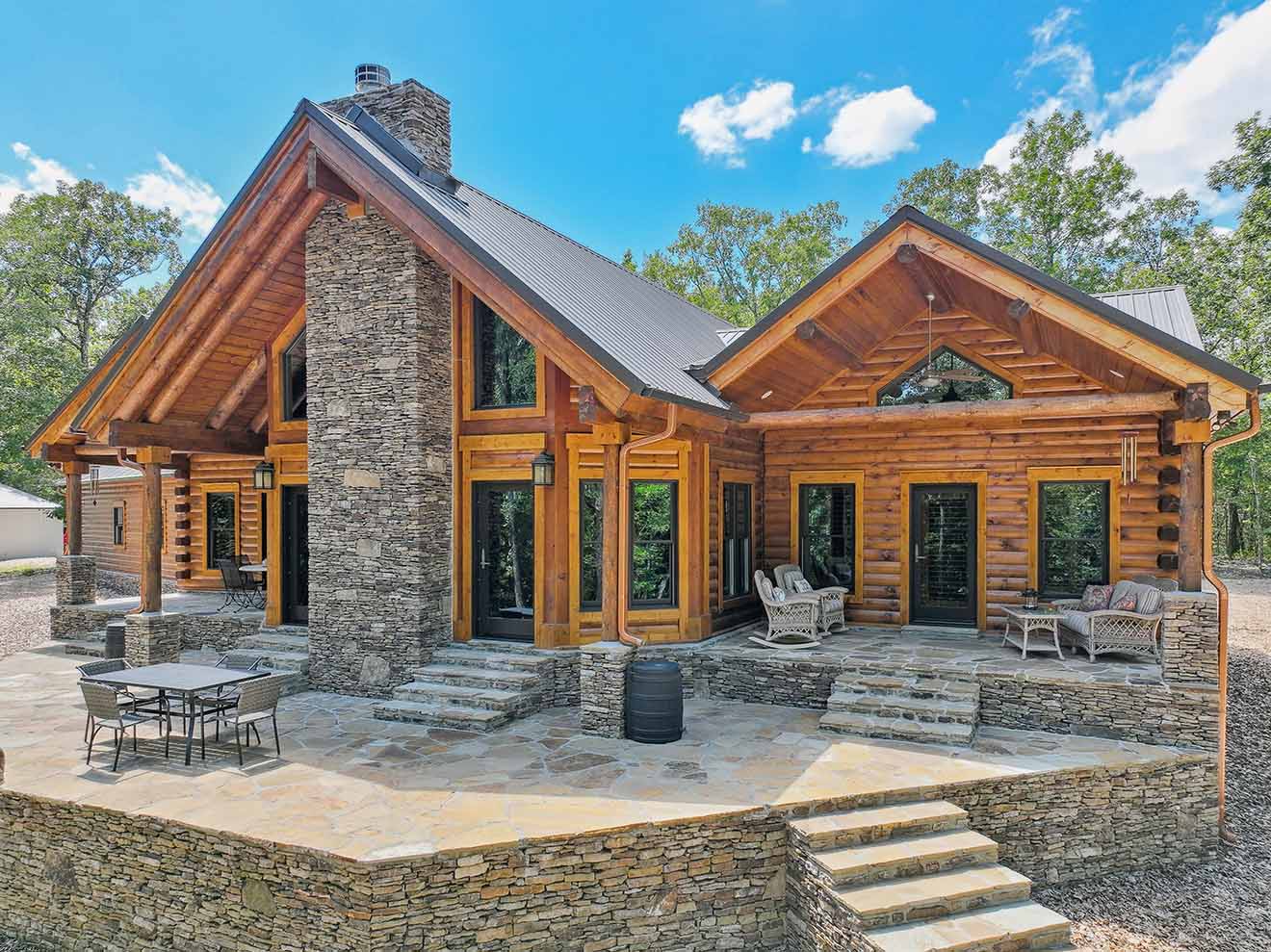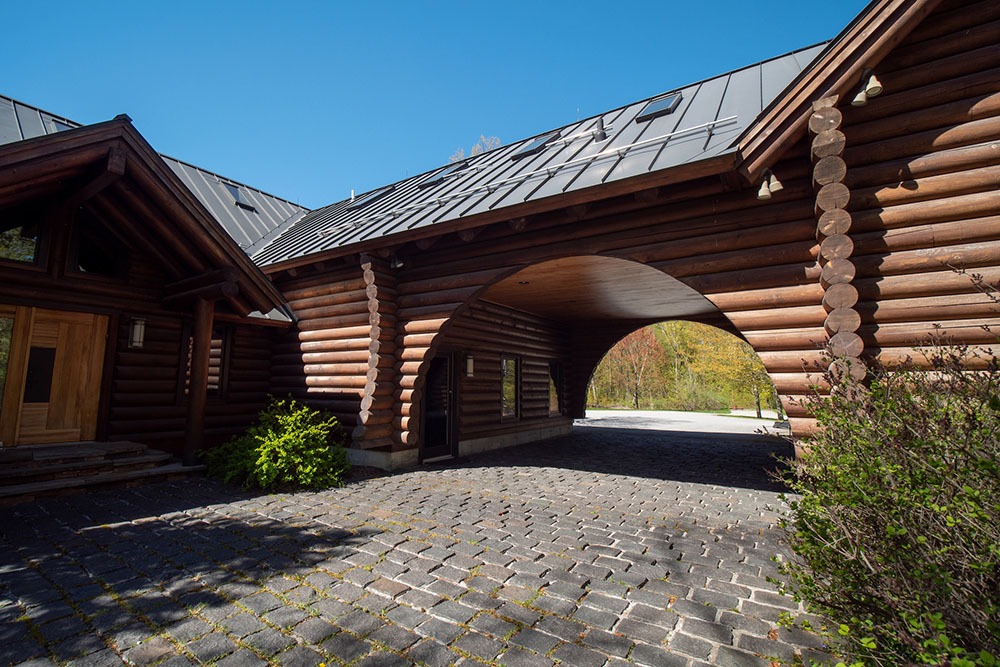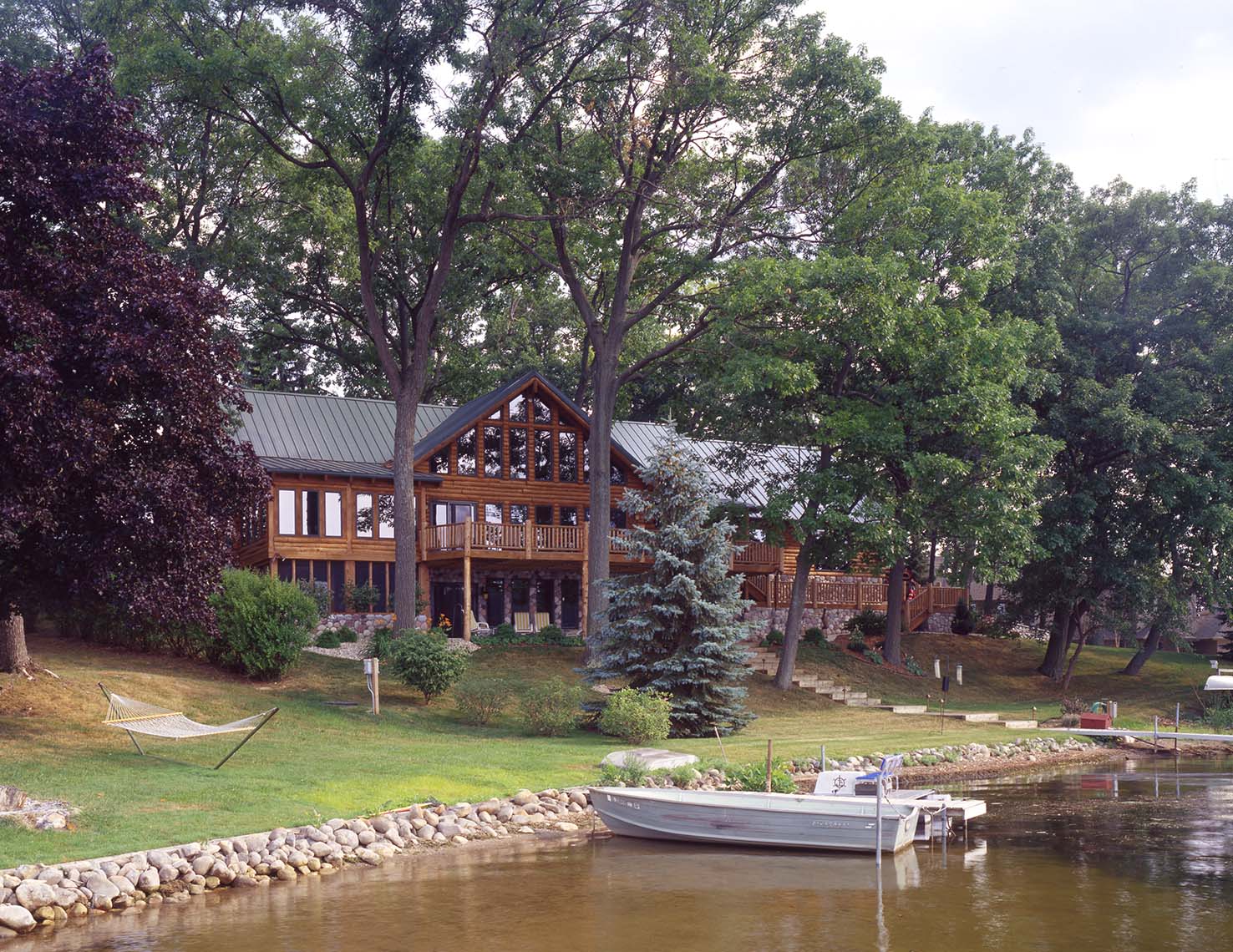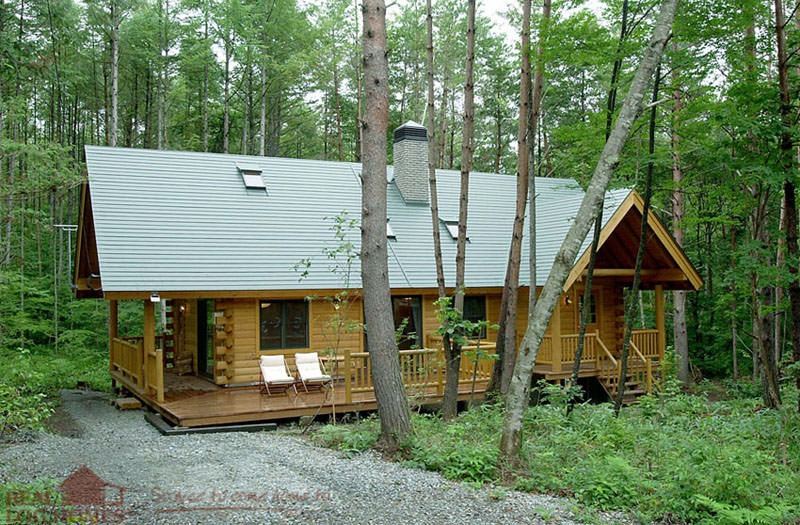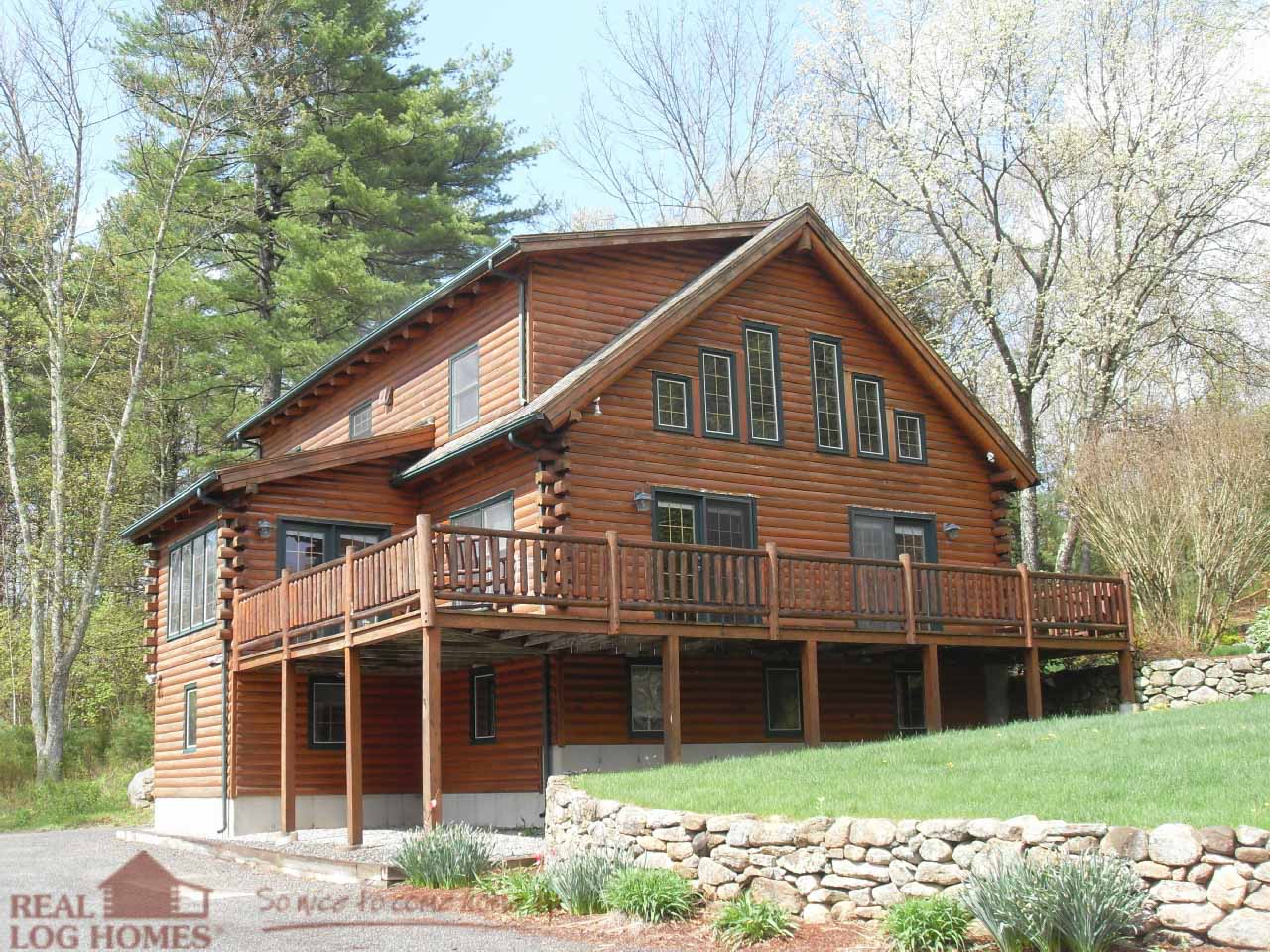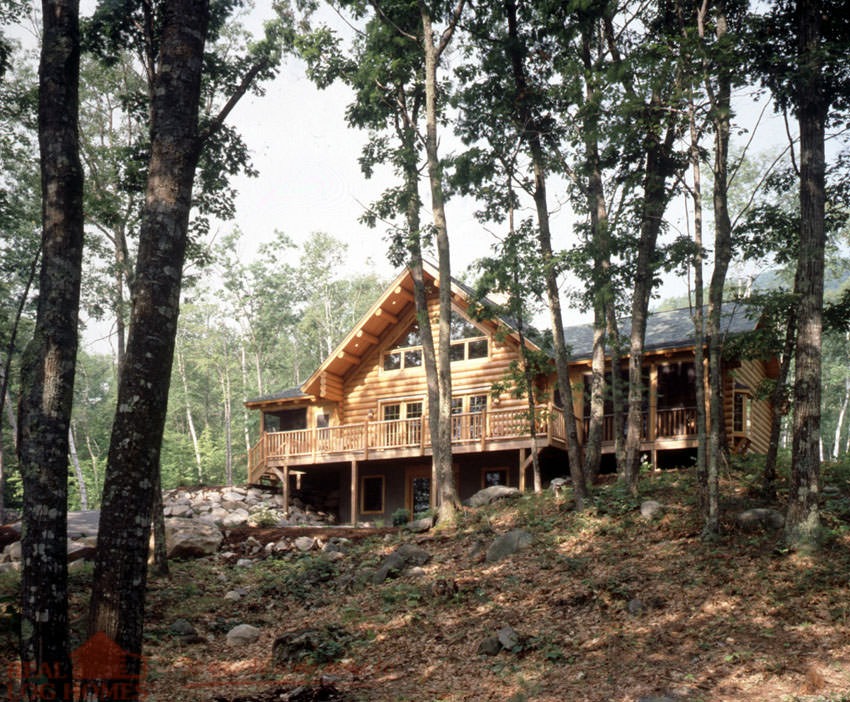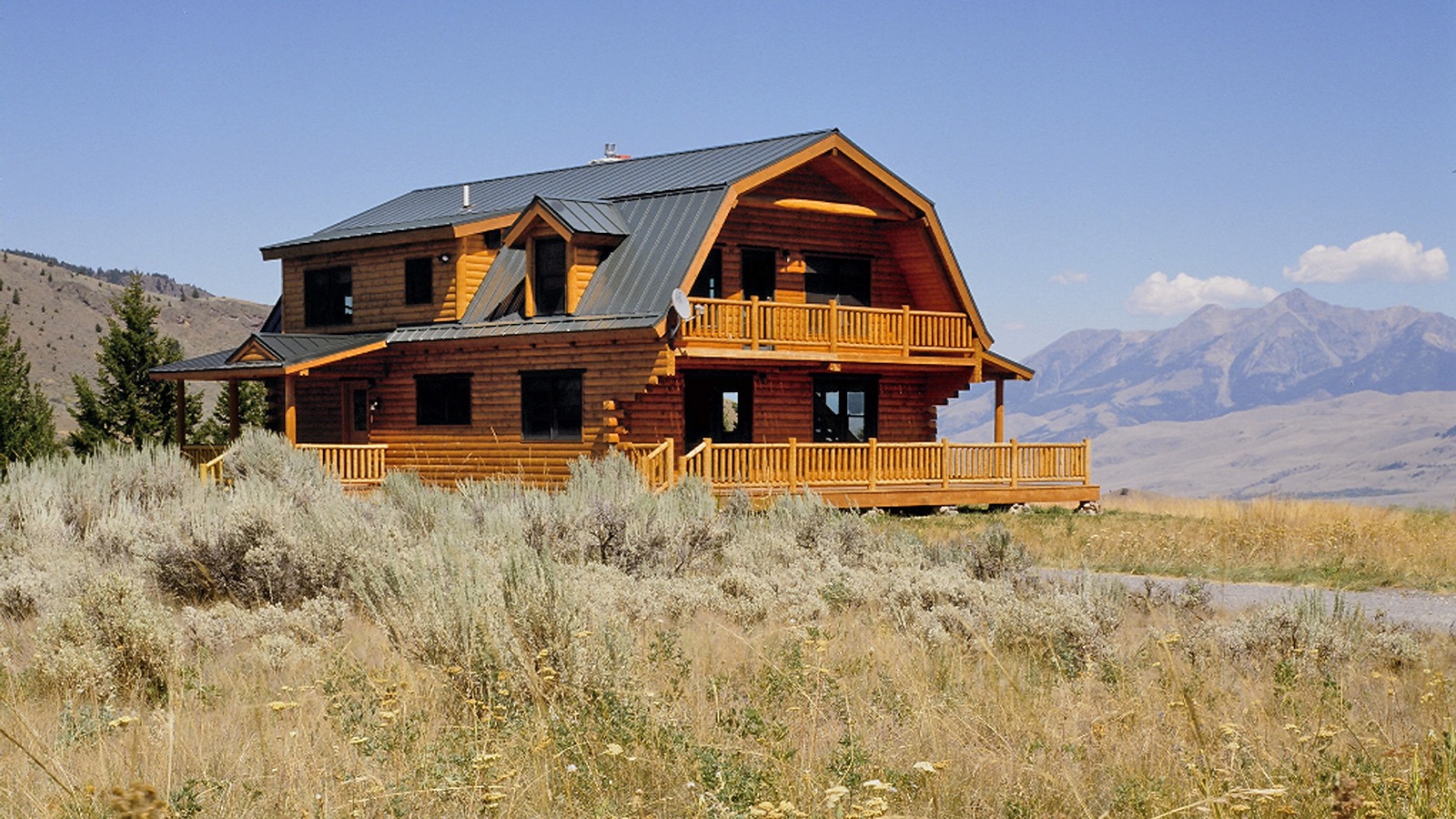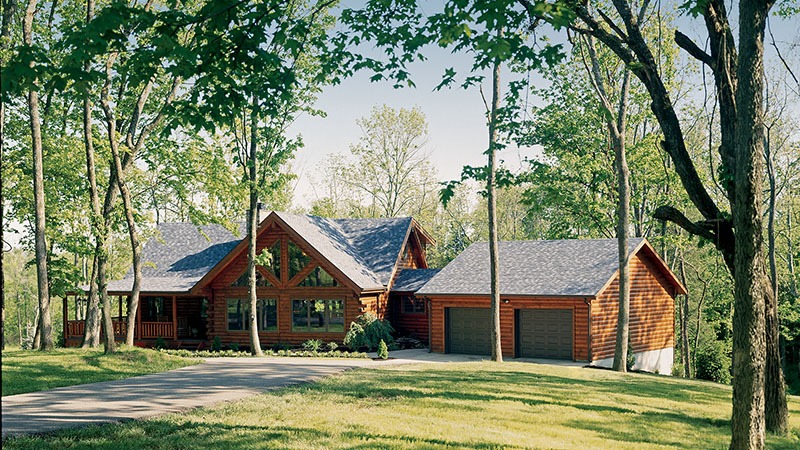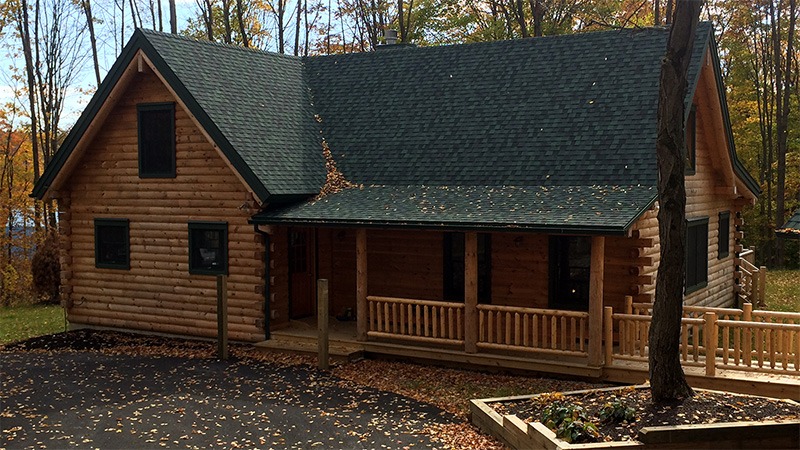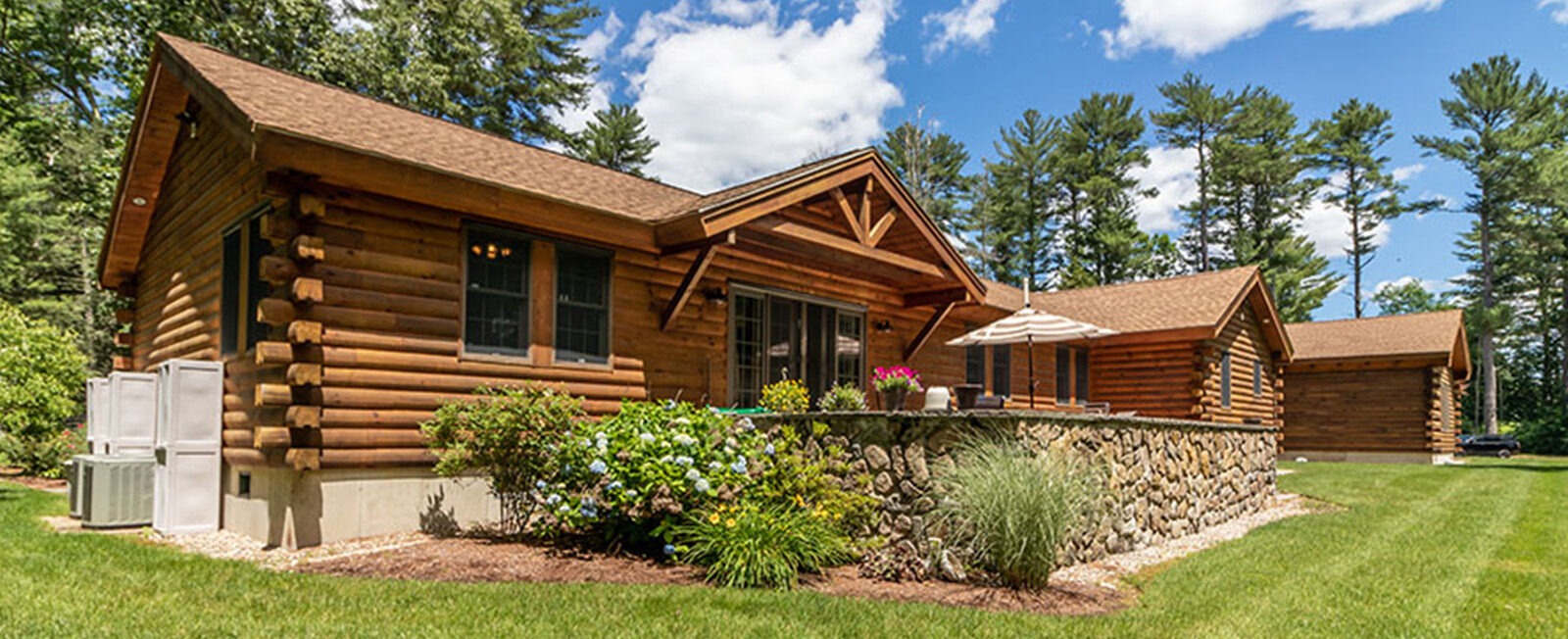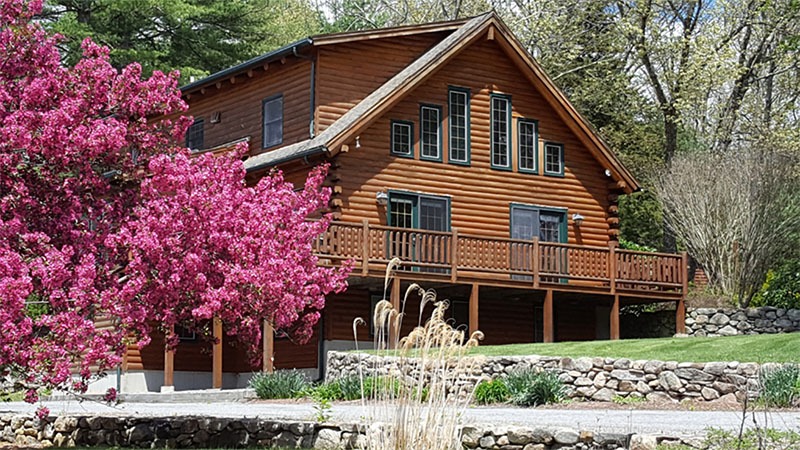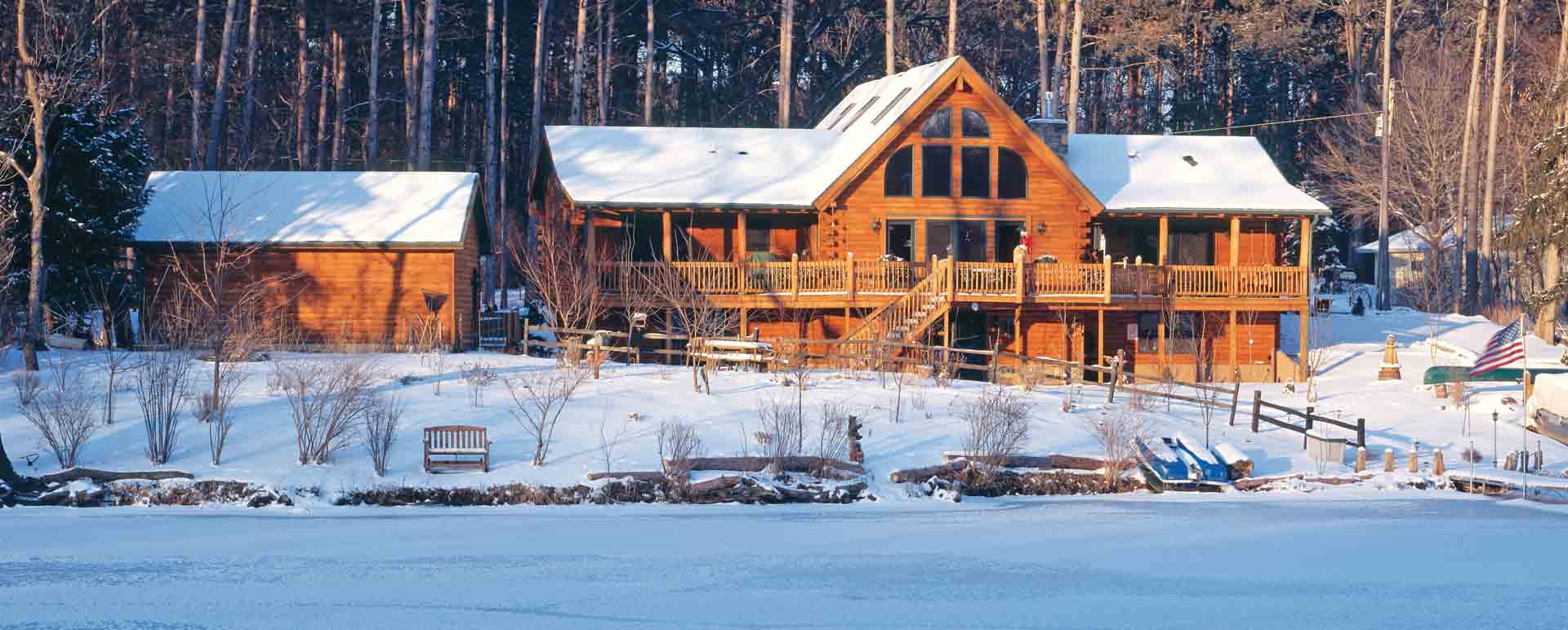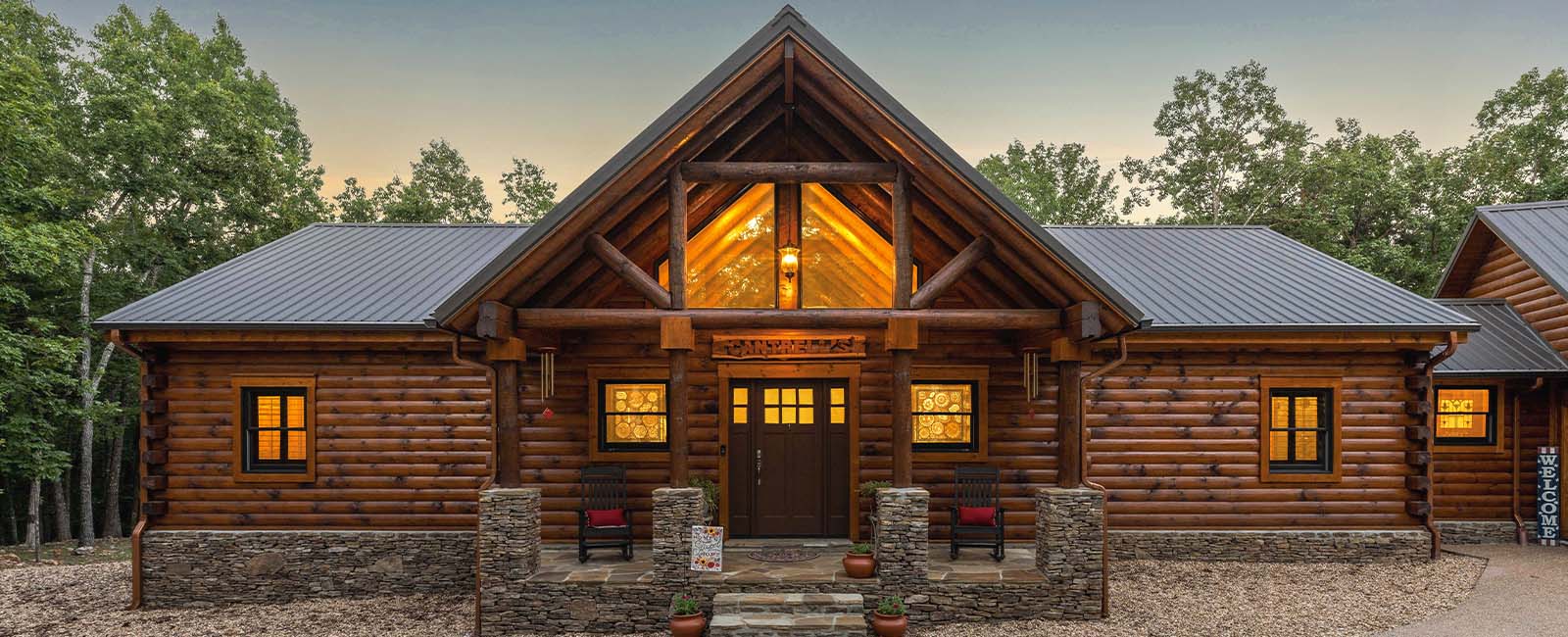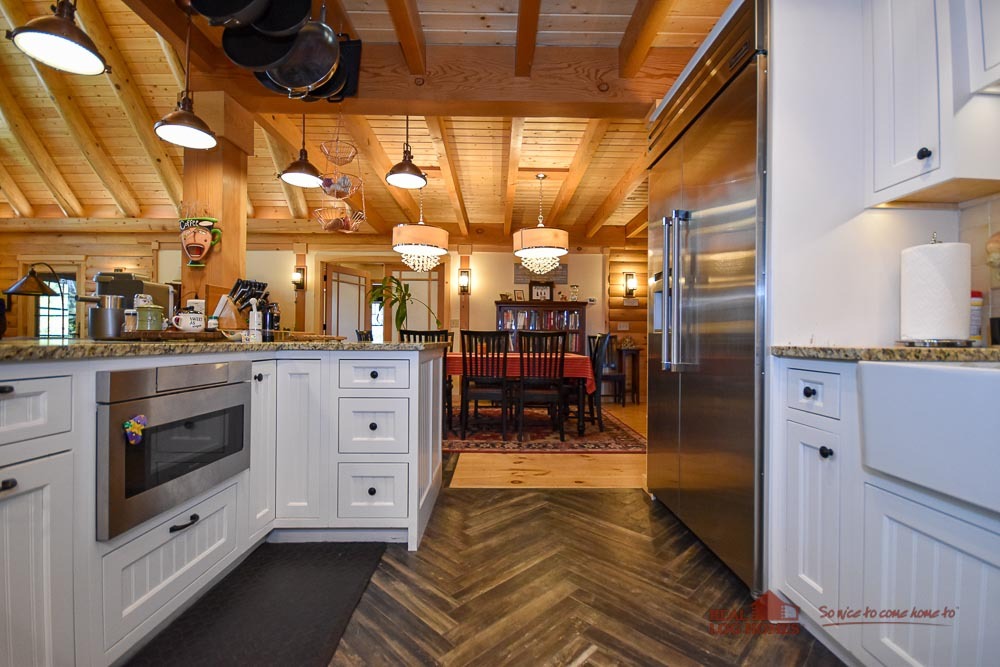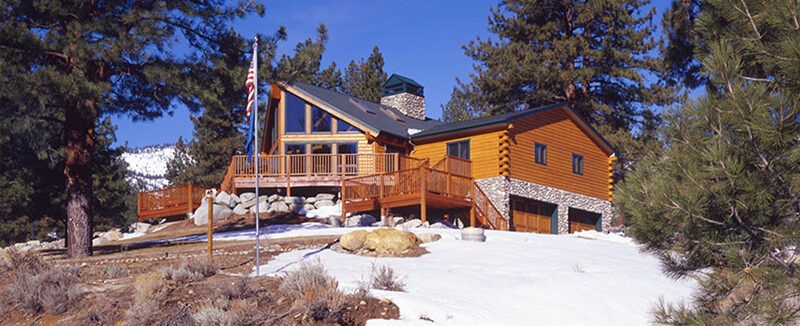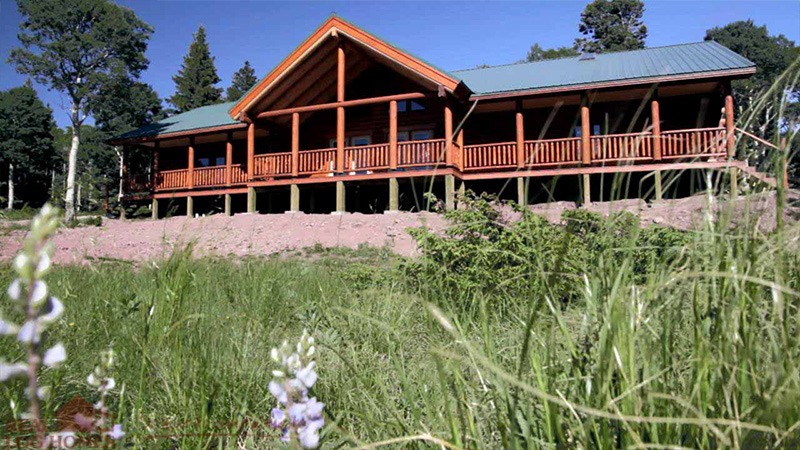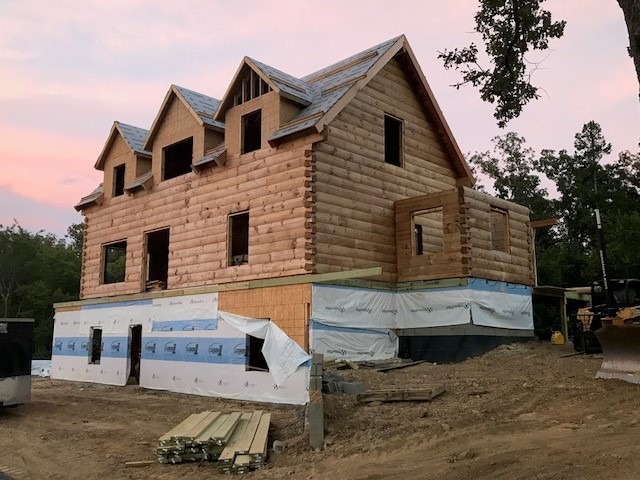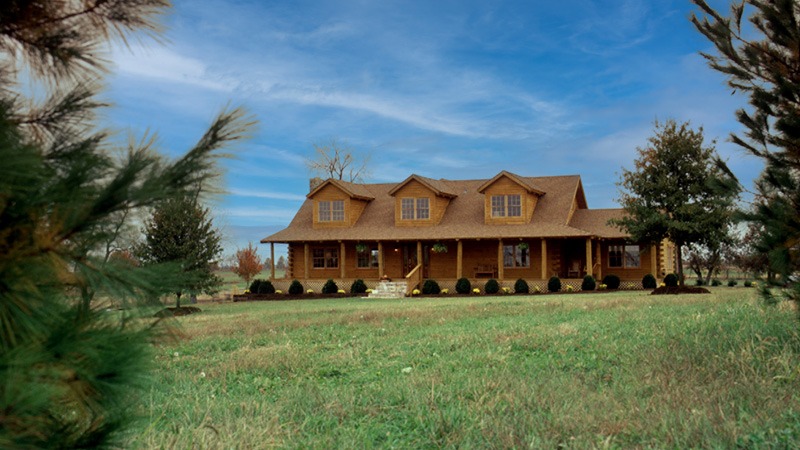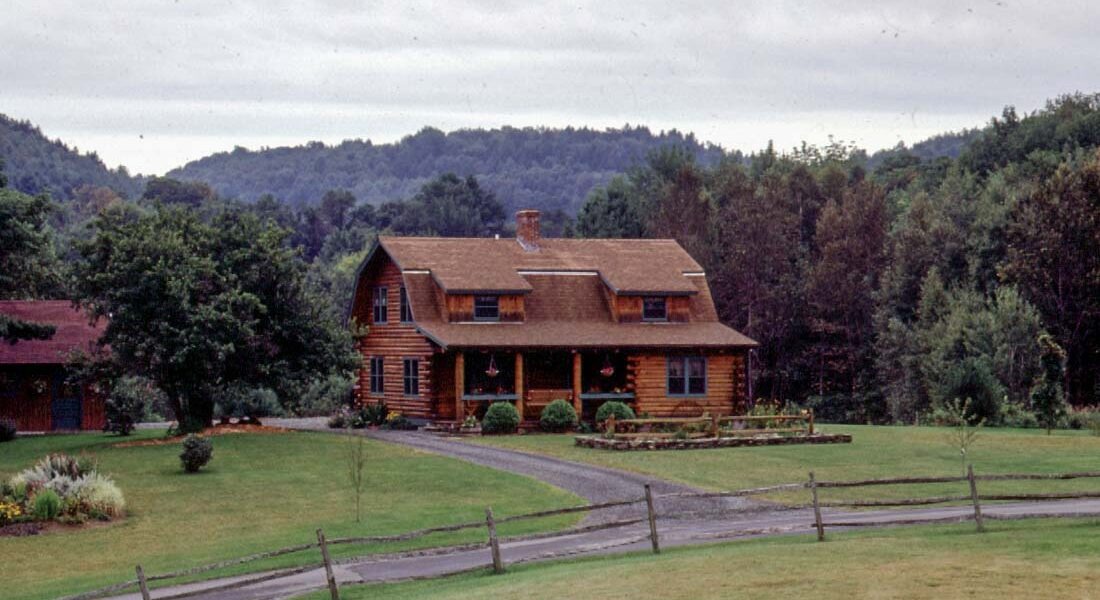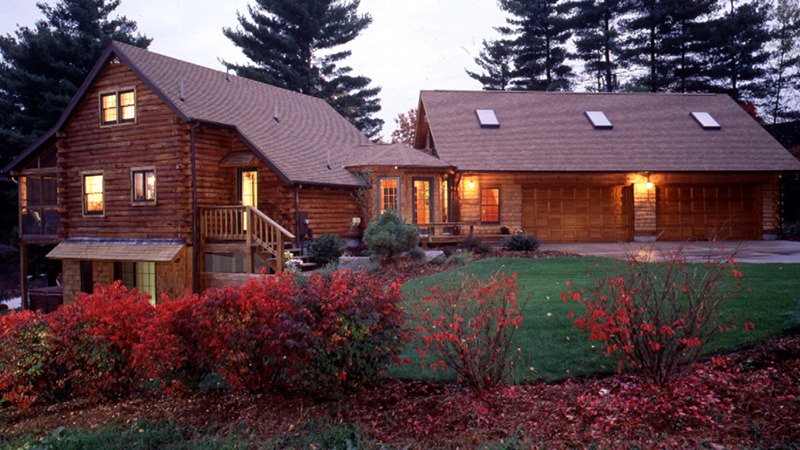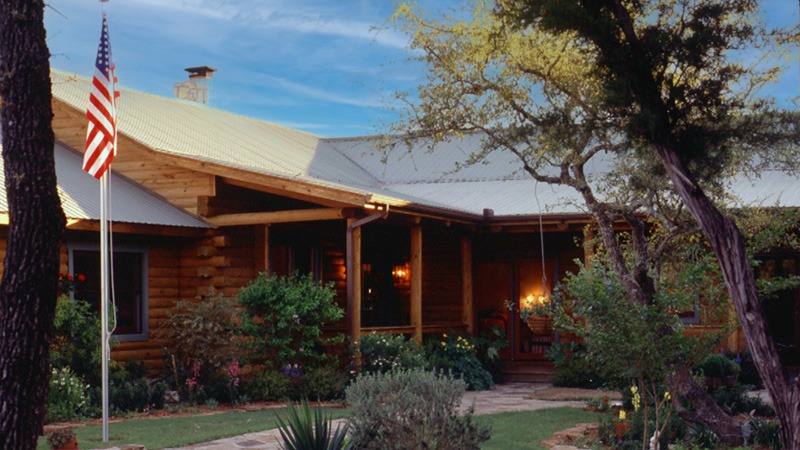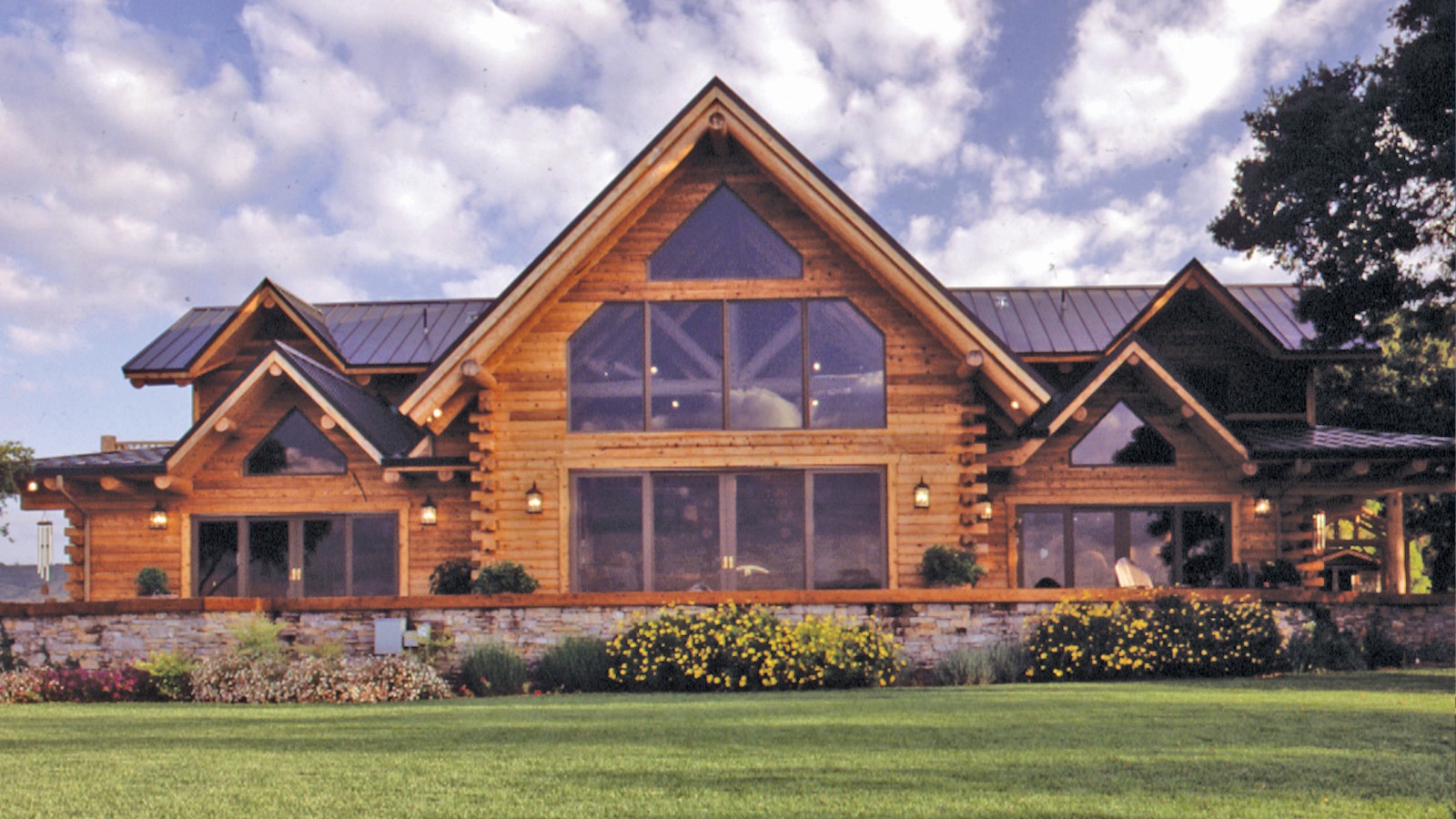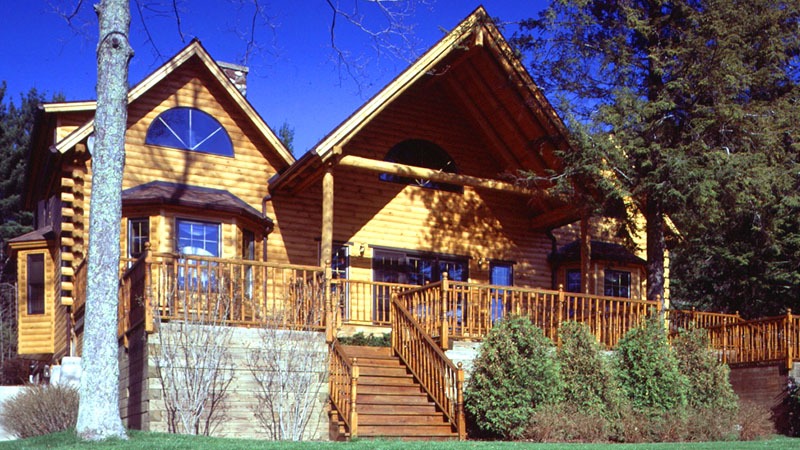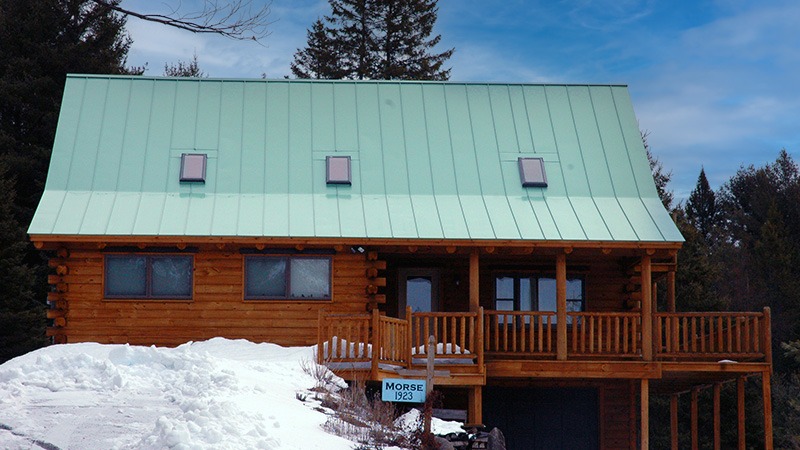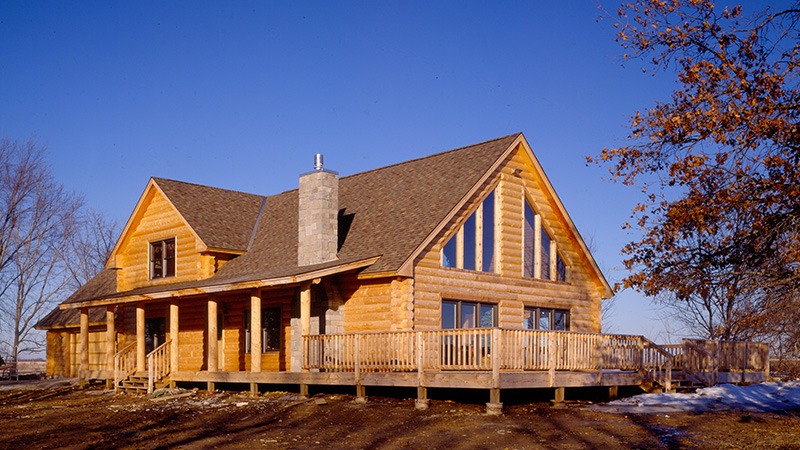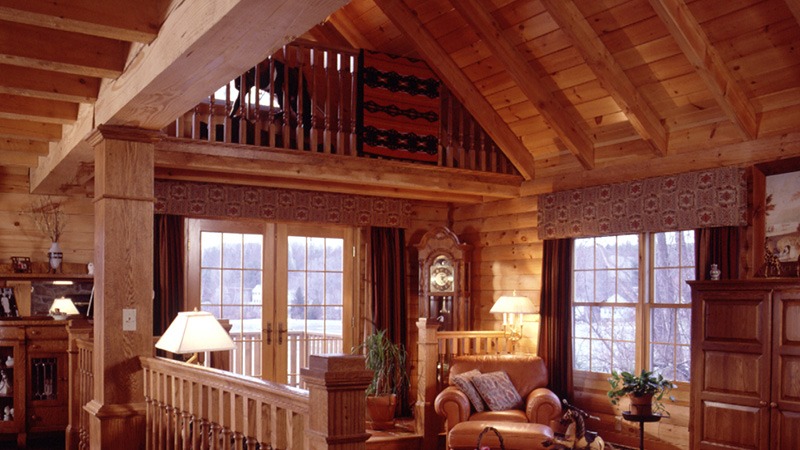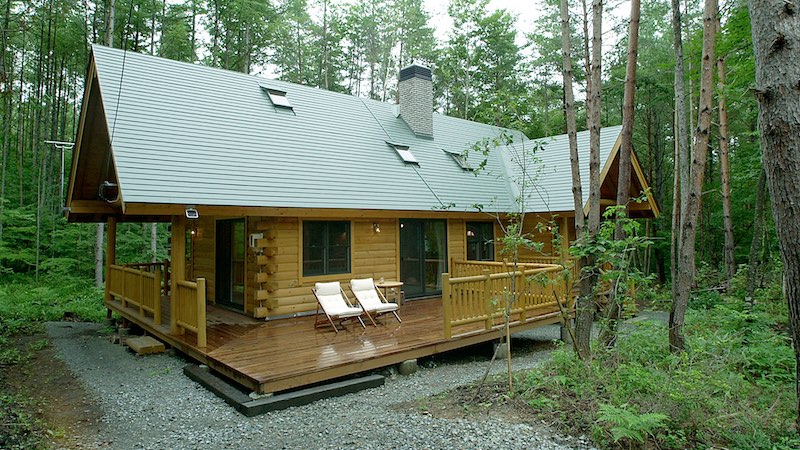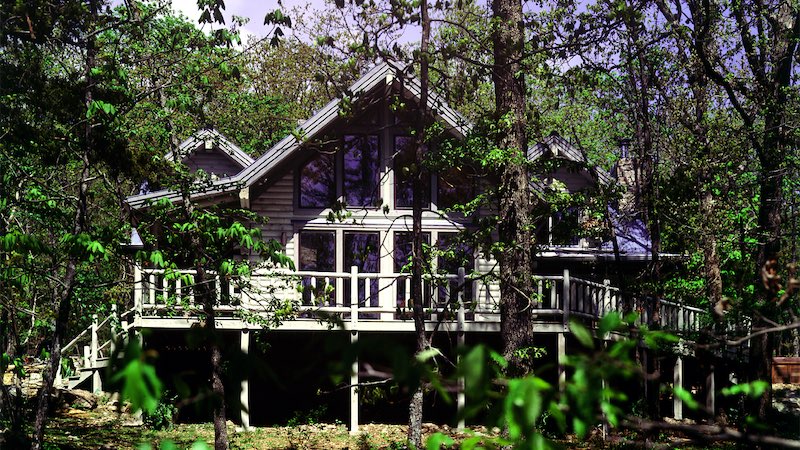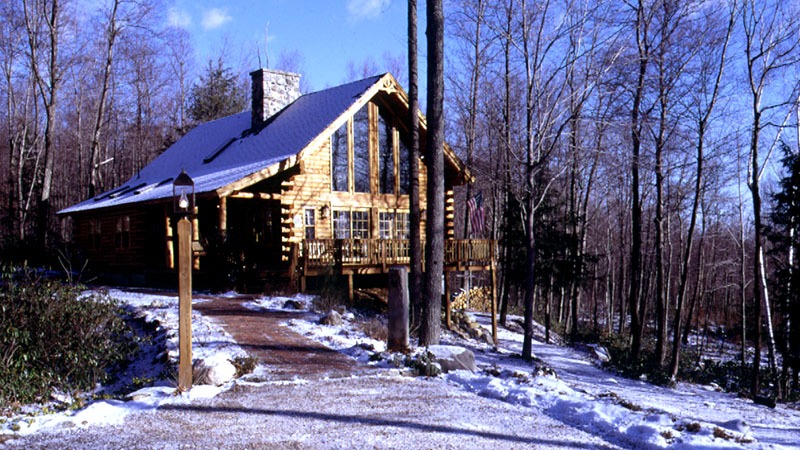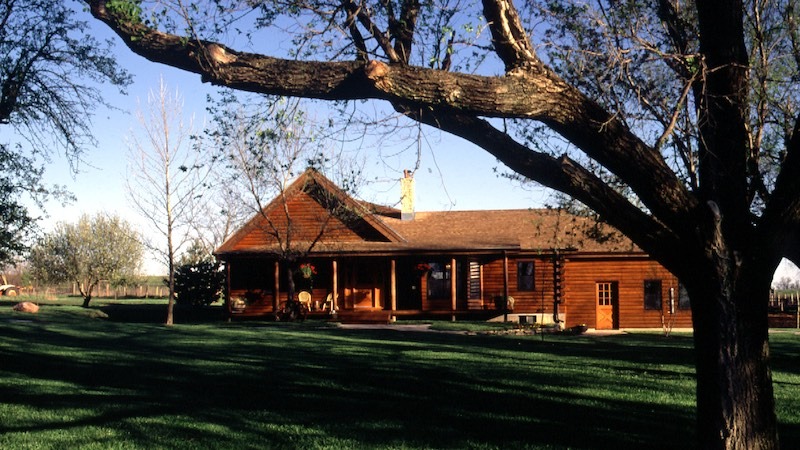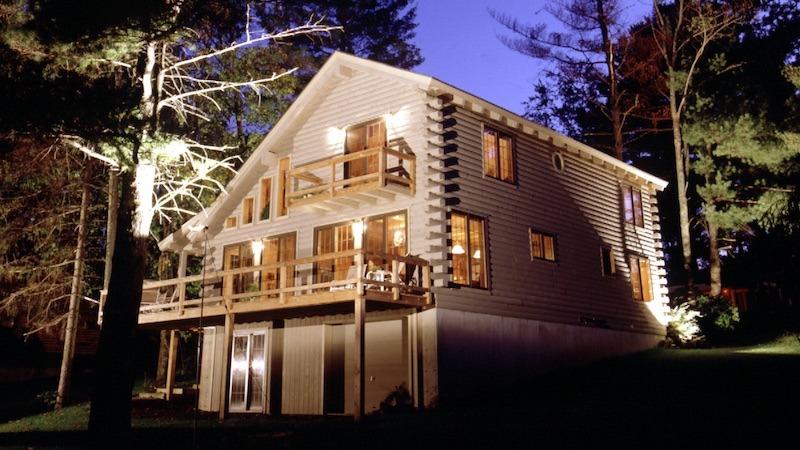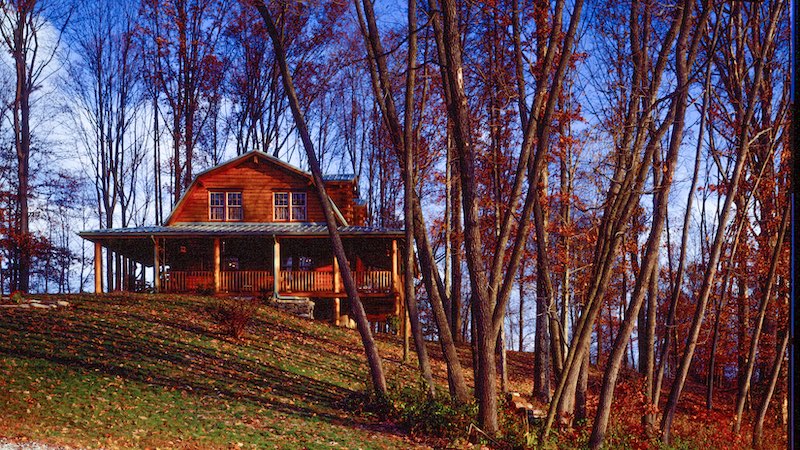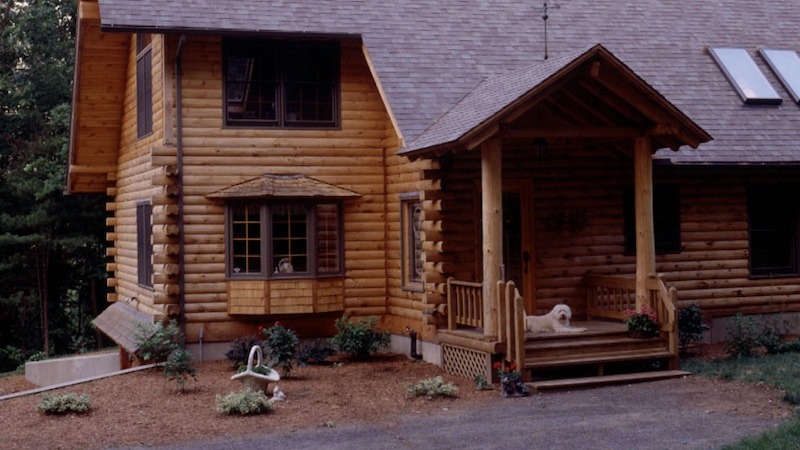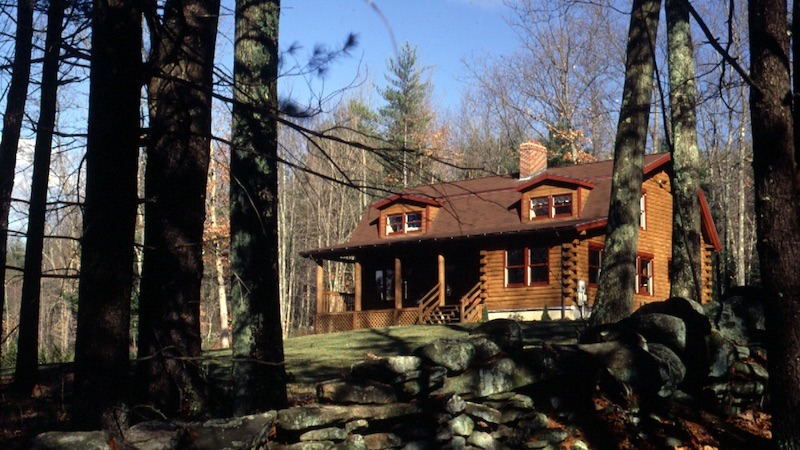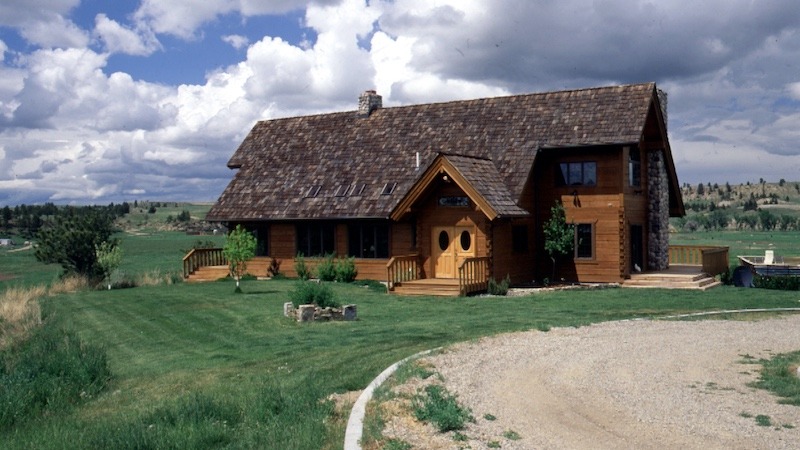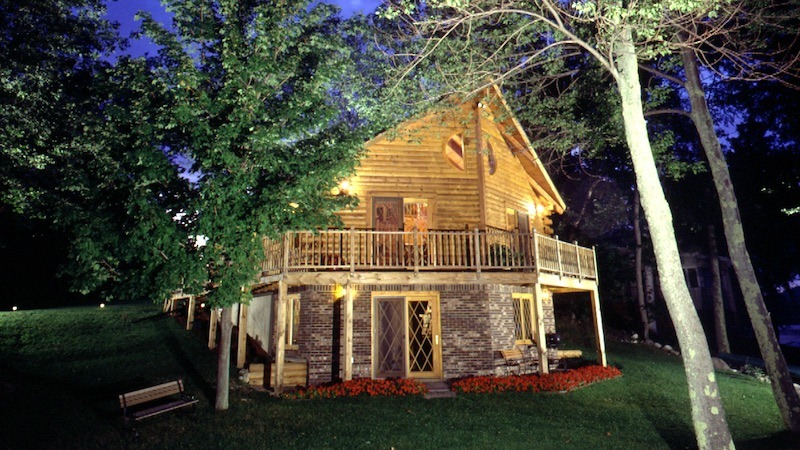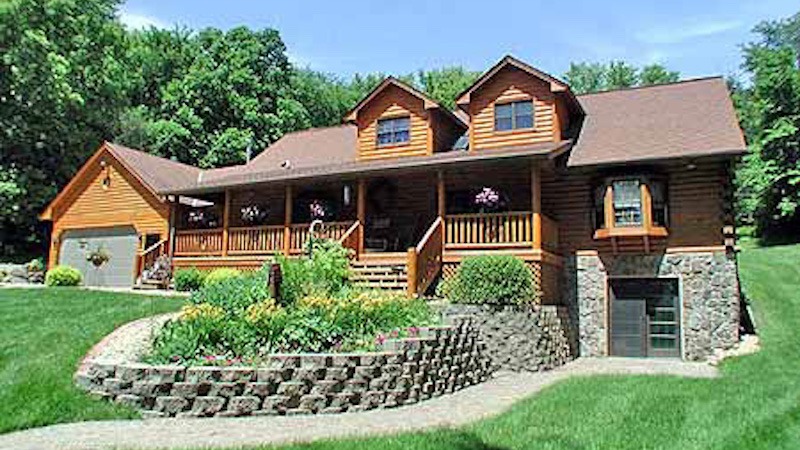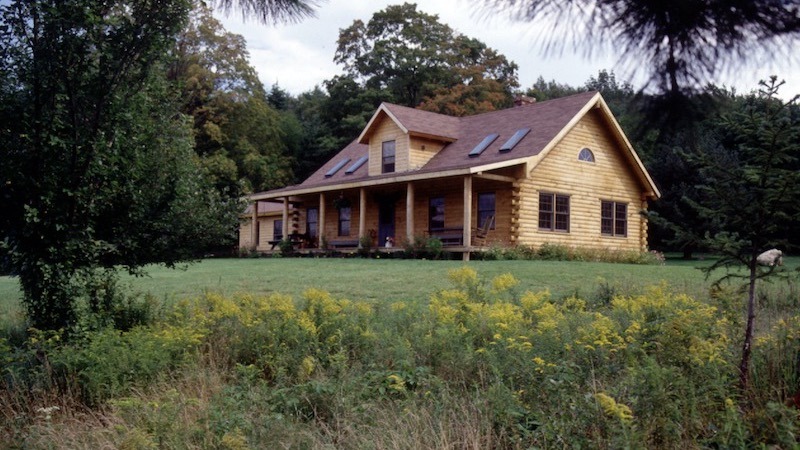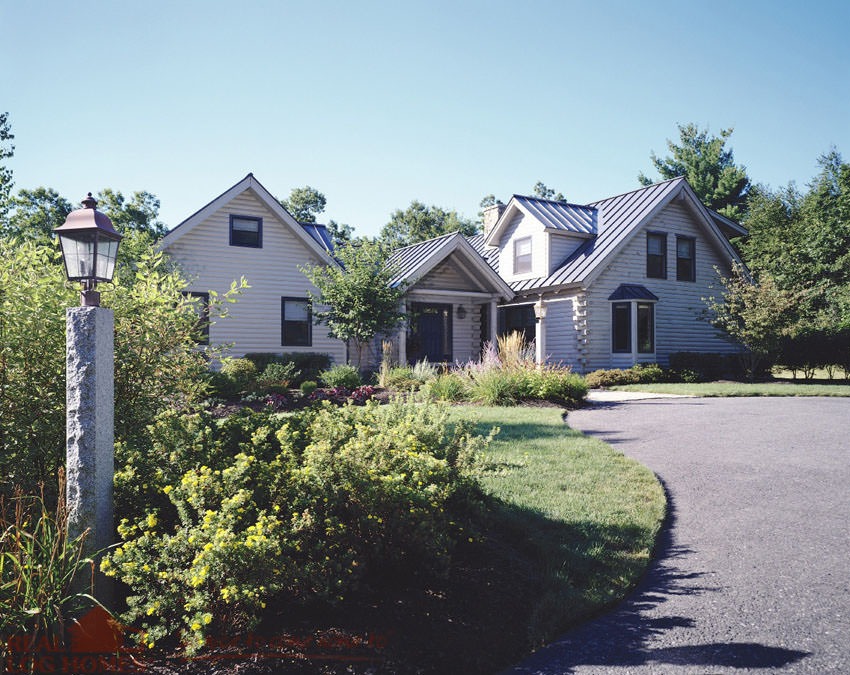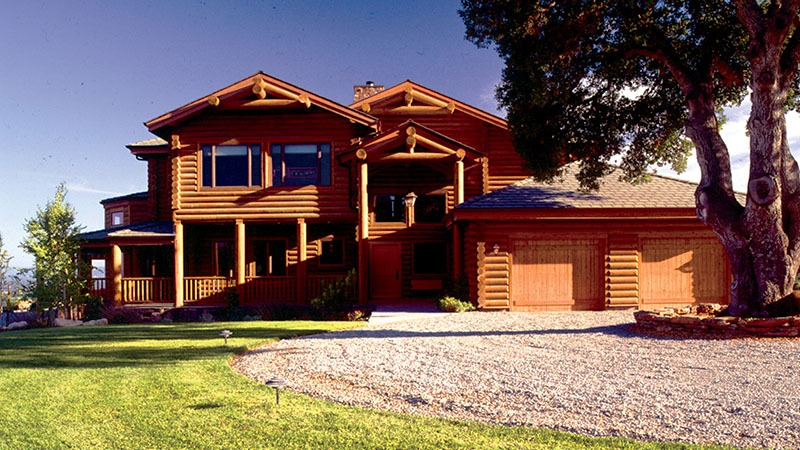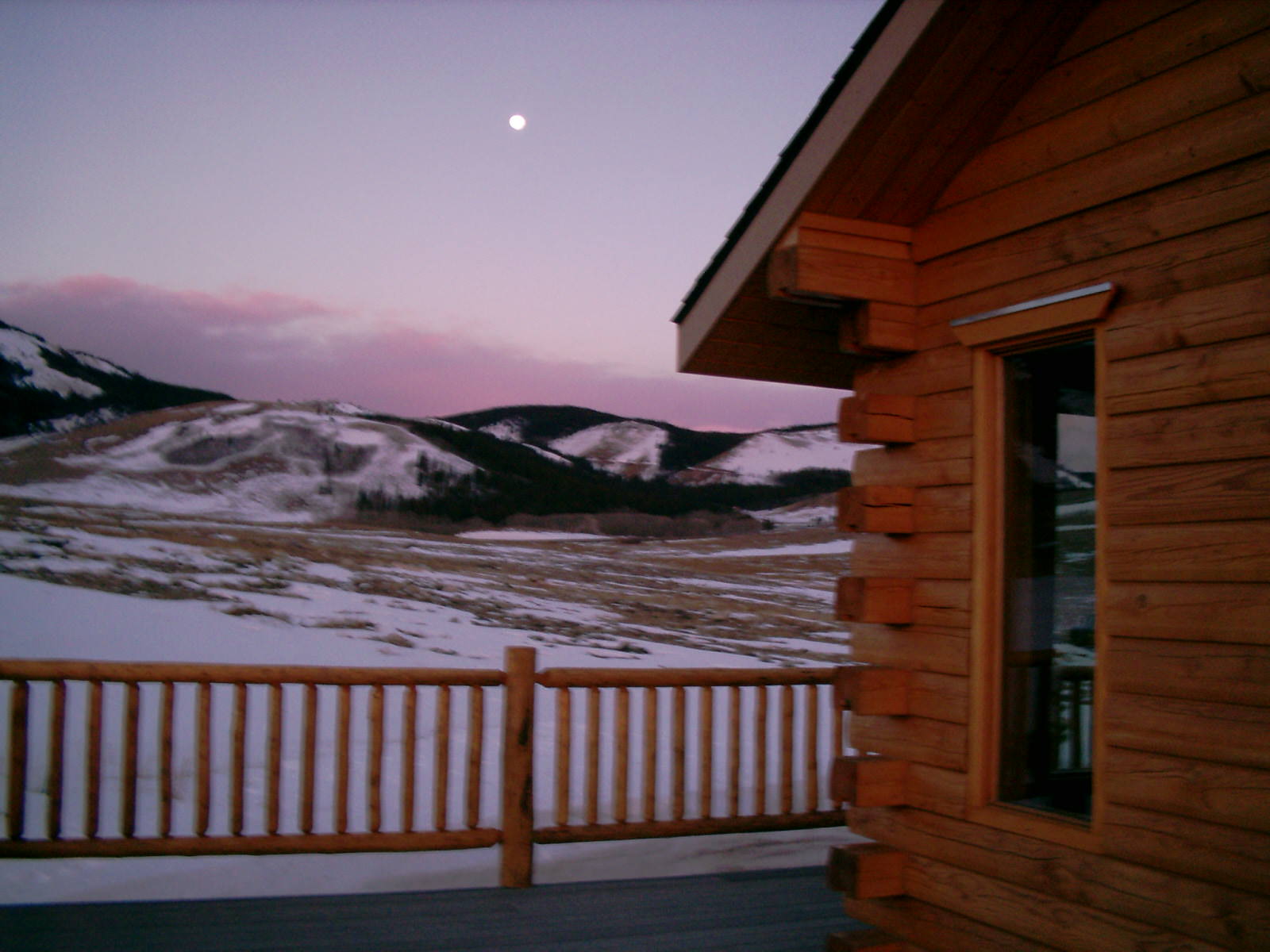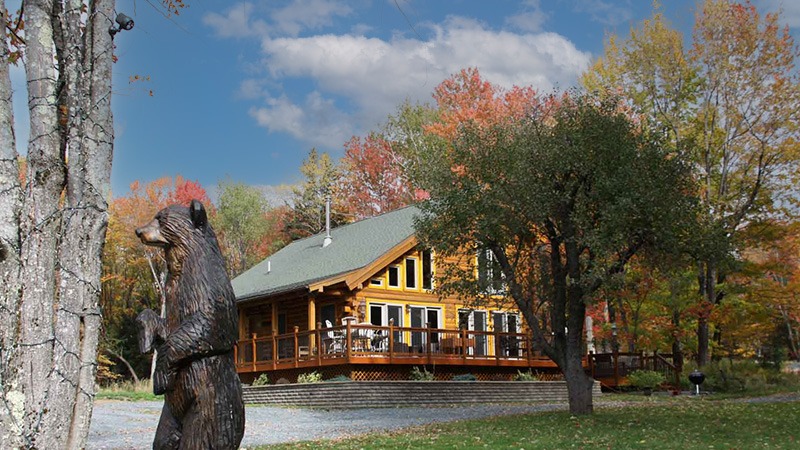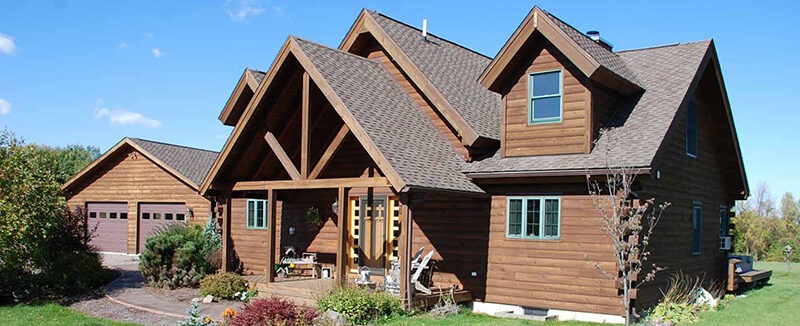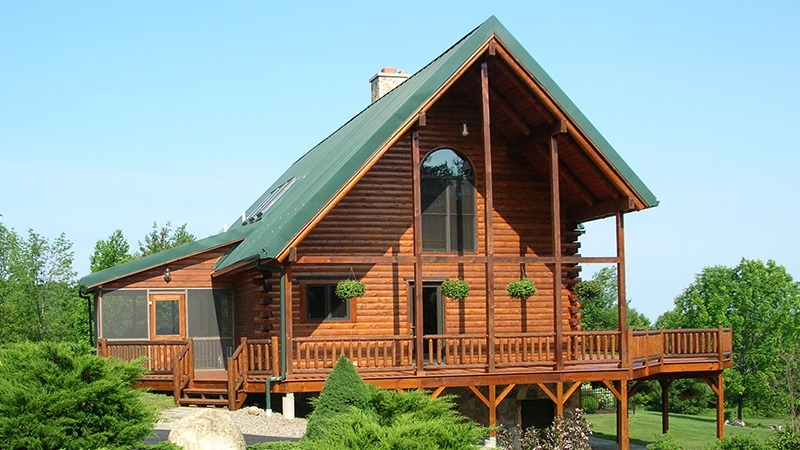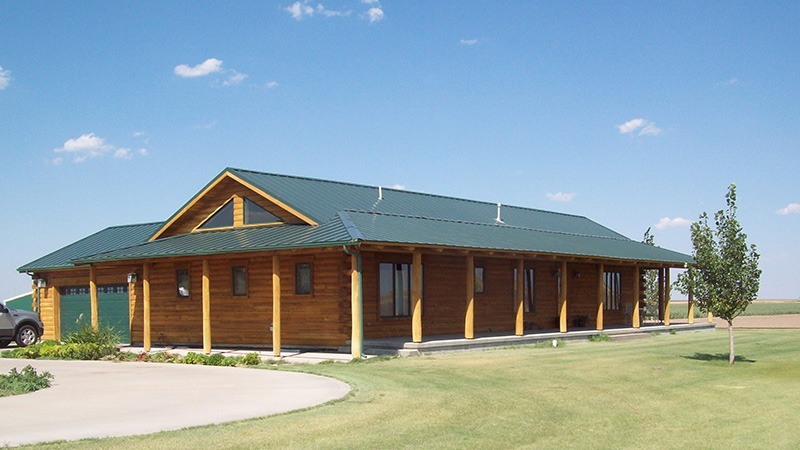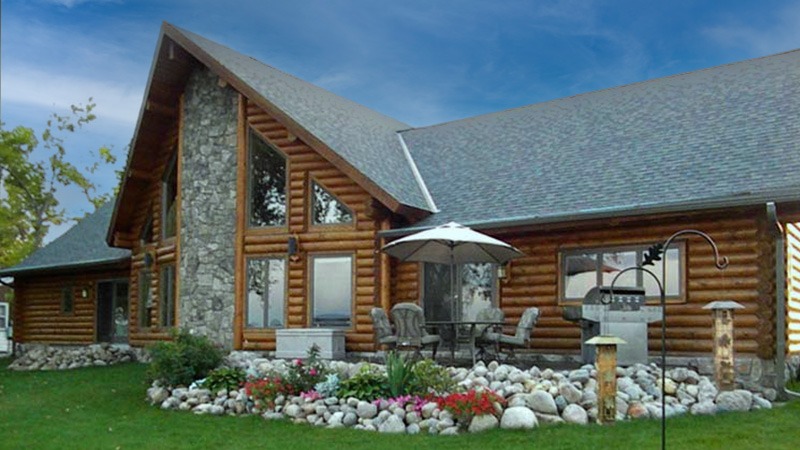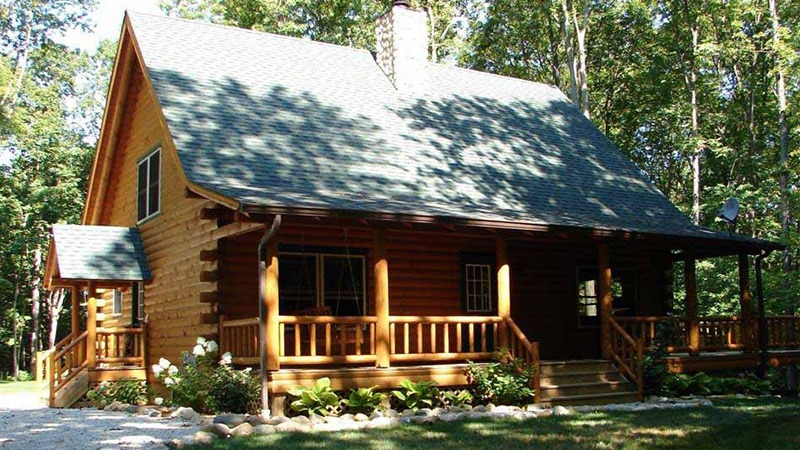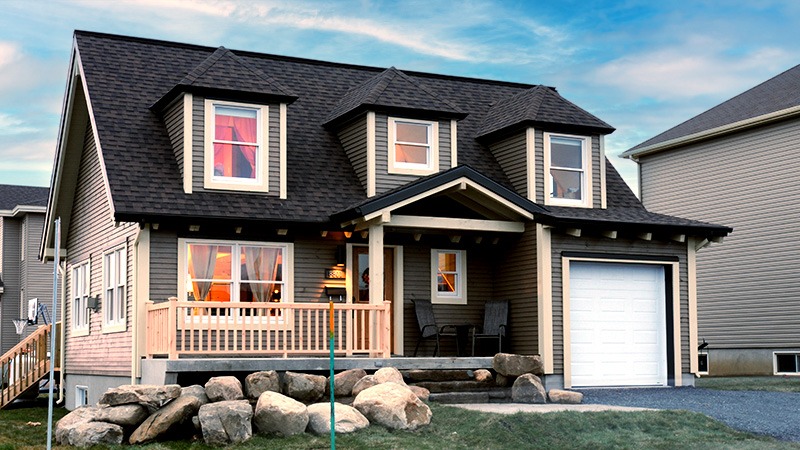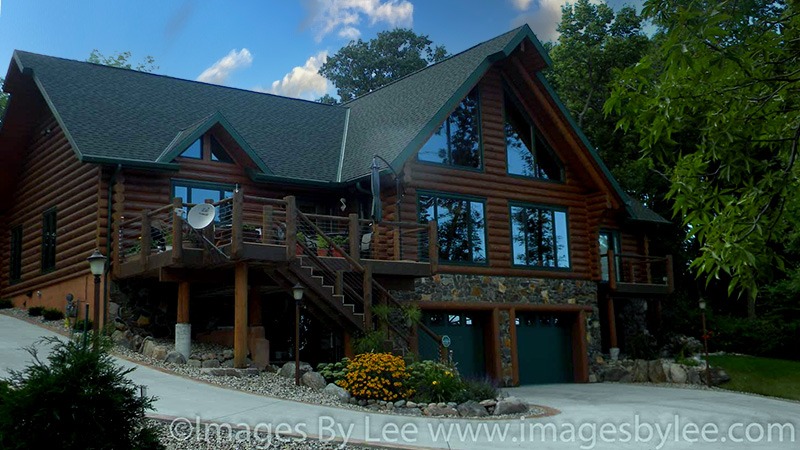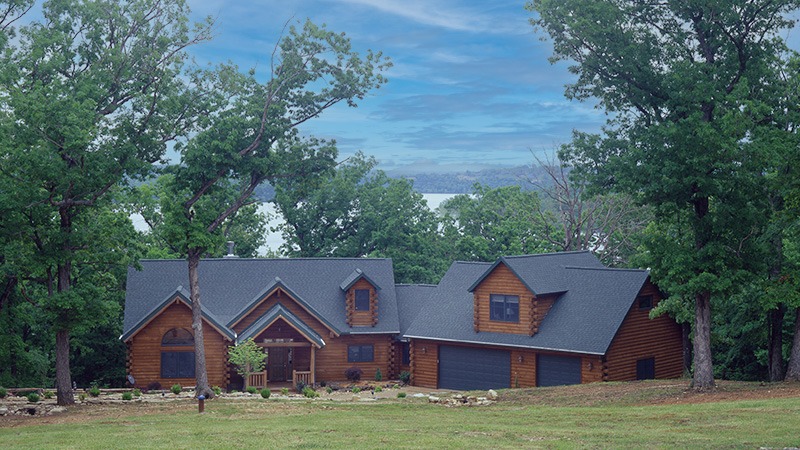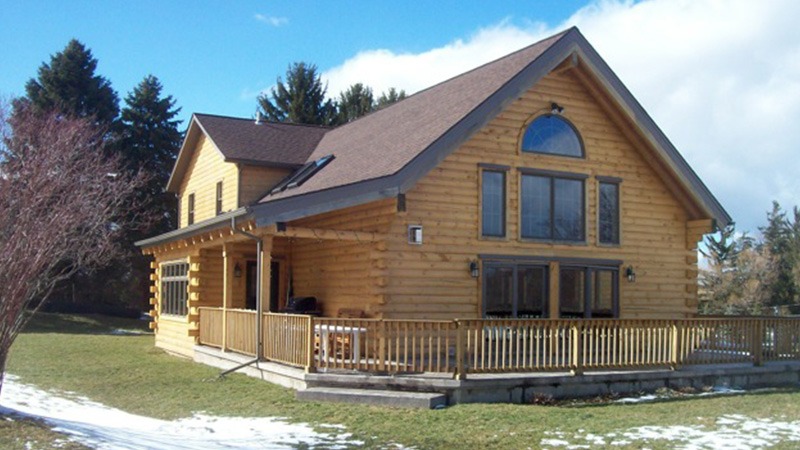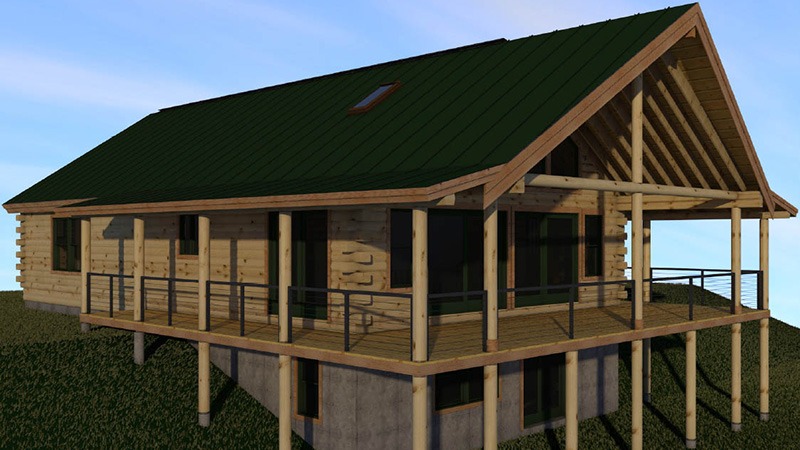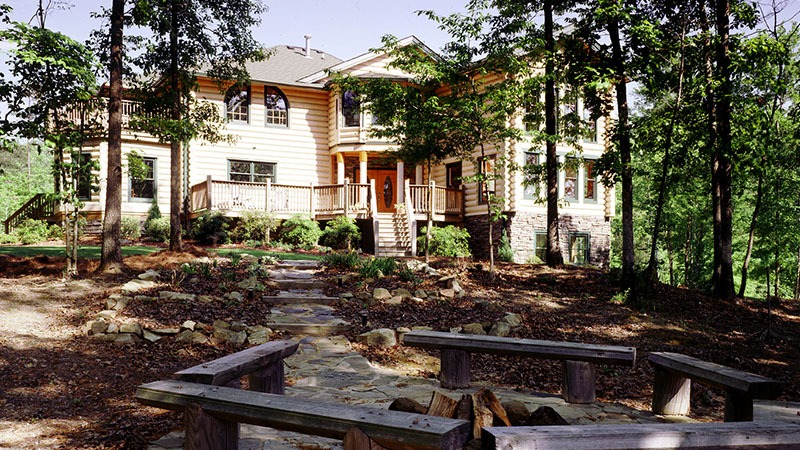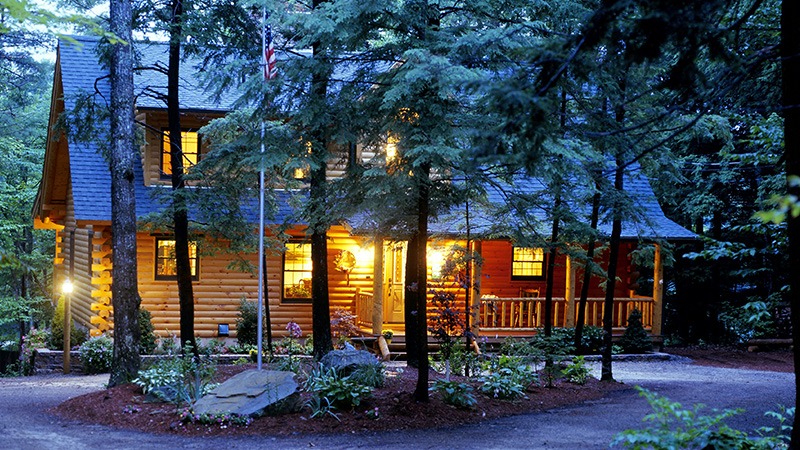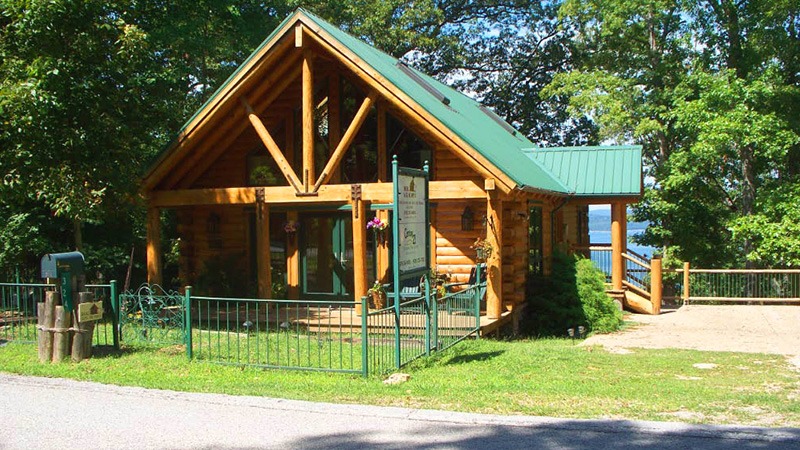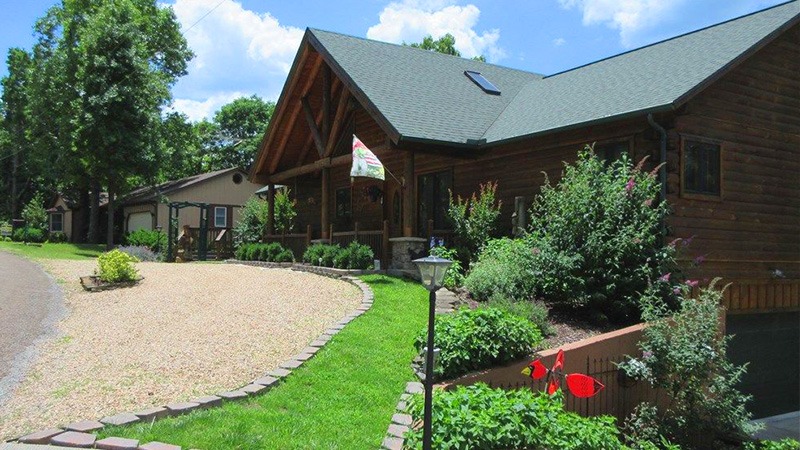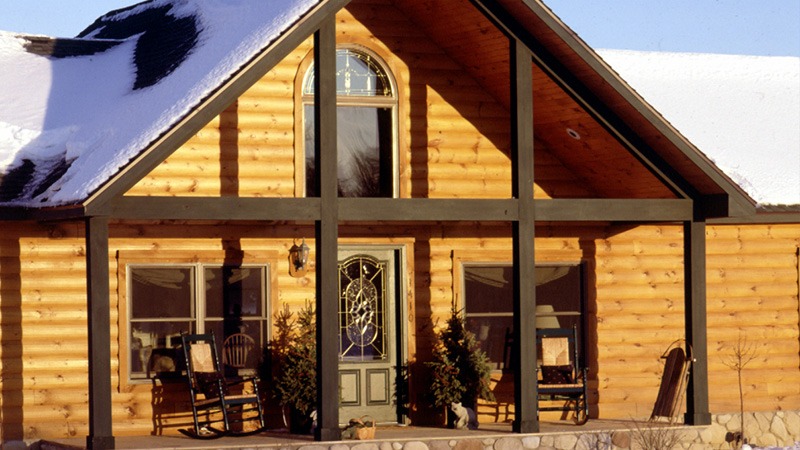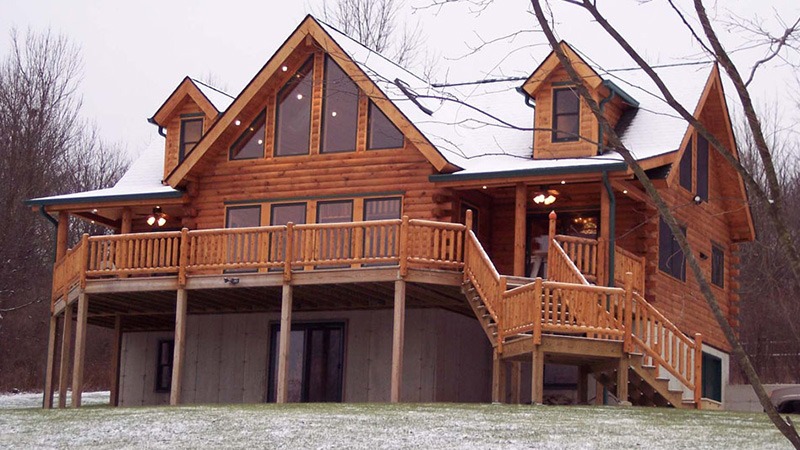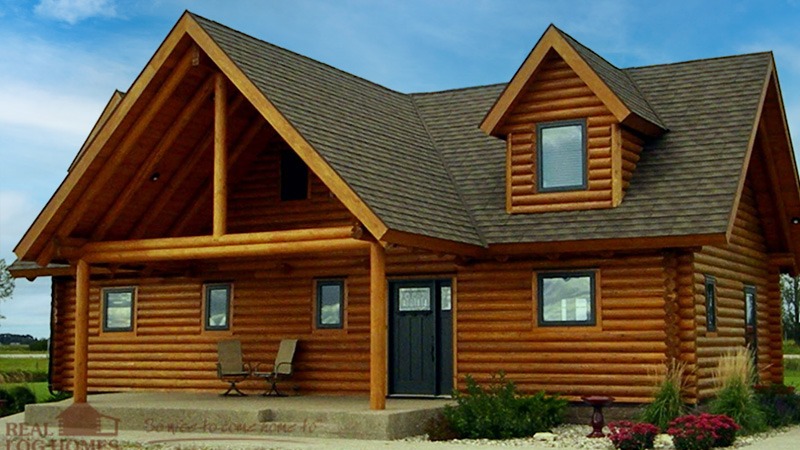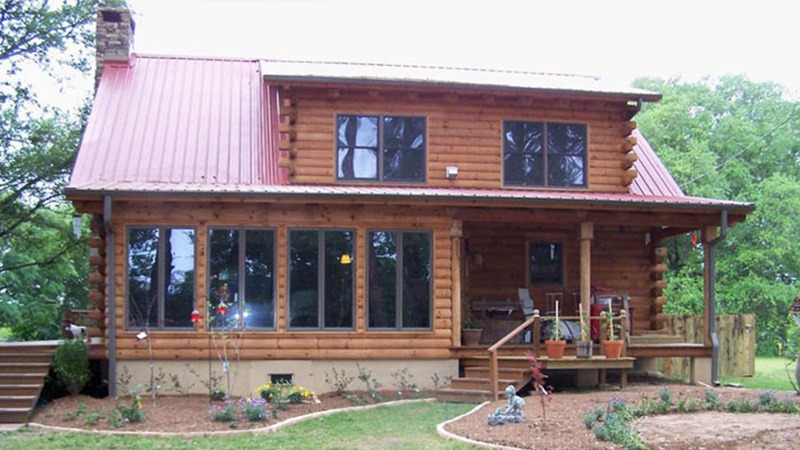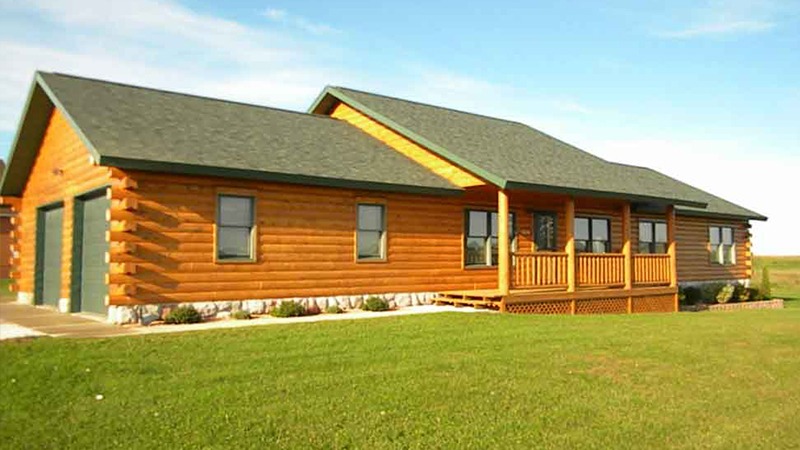This winter has been an especially wet one in the Northeast, with record snowfalls in many places. Boston has received over six feet of snow in under a month, with around five feet of accumulated snow on the ground. (In contrast, drought-stricken California would have greatly appreciated such snow in the Sierras.) While dealing with this much snow can seem daunting, thankfully modern homes in snowy areas are built to deal with events like this. That said, here are a few tips to look after your modern log home as the snow accumulates.
Maintain Your Furnace Ventilation
Given the cold temperatures outside, the last thing you want is to lose your heat. In earlier times, furnaces drew their air supply from the house so there was no risk of the air supply being blocked. Also, the furnace was not very efficient, so the exhaust air out the chimney was still very warm and could melt any snow accumulation that threatened the exhaust. Thankfully, modern furnaces are much more efficient and mean much lower heating bills, but they also need attention when snow accumulates.
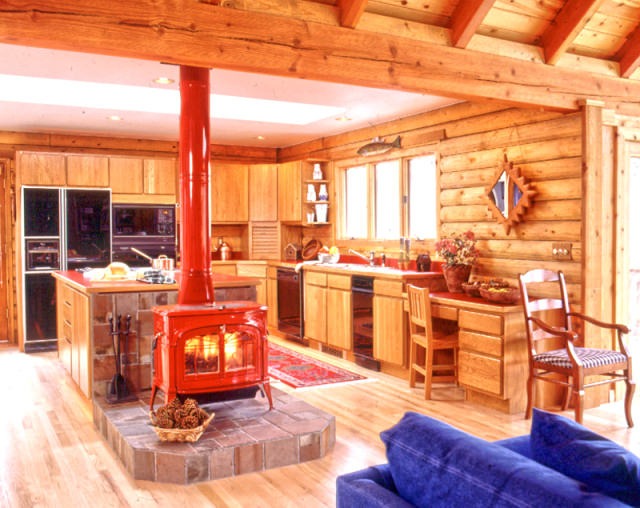
Modern furnaces draw their air from the outside, since the modern log home is much more airtight than in decades past. Furthermore, the exhaust is typically ducted out the side of the home rather than up a chimney. If these vents become blocked with snow, your furnace will shut down to protect itself and your family. In order to keep the heat on, you should clear an area at least three feet in radius around your vents. Also, it doesn’t hurt to make sure the batteries in your carbon monoxide detectors are fresh, just in case.
To Rake or Not to Rake
Raking your roof is a way to reduce snow load, but it usually isn’t necessary in a new home. Required snow loads vary by local code, but the Insurance Institute for Business and Home Safety suggests 20 pounds per square foot as a safe threshold before roof raking is required. This means around four feet of unpacked snow can be on your roof before any action is required, and since sloped roofs are designed to shed snow usually this amount is not encountered. However, if you have an older home prone to ice dams or want to be extra safe, you can rake before this threshold.
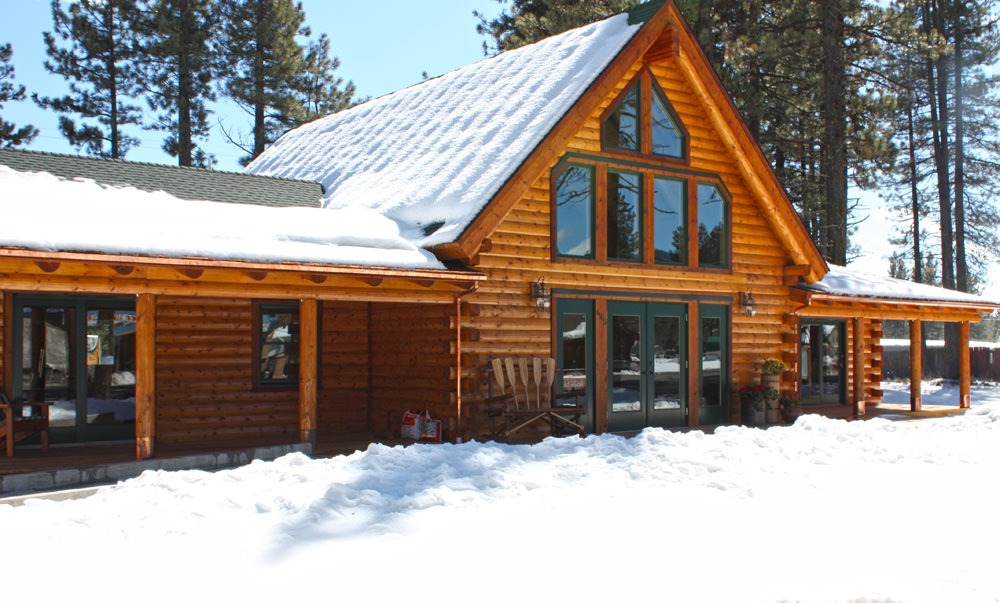
If you do decide to rake, then do so safely. Hire a professional if possible. If you decide to do it yourself, use a roof rake designed for the job and go slowly from the edge towards the center of the roof span. Leave around 3 inches of snow on the roof to avoid damaging shingles, watch for power lines, wear head protection and mind icicles, and work with a buddy.
Keep Snow Off Walls
Like all wood used in home construction, you do not want long-term water contact with your log walls. When log homes are constructed, the lowest log course is laid so that it is above normal snowpack levels. If a large storm leaves snow in contact with the walls, remove the snow if possible. If you have a seasonal home that gets snowed in during the winter, consider using time next spring or fall to apply a high strength sealant to logs that will have prolonged snow contact.
If you’re looking for a brand new log home to help you weather the winters ahead, please call Real Log Homes today or fill out the form below for more information. Our staff is waiting to help design and build your dream home.
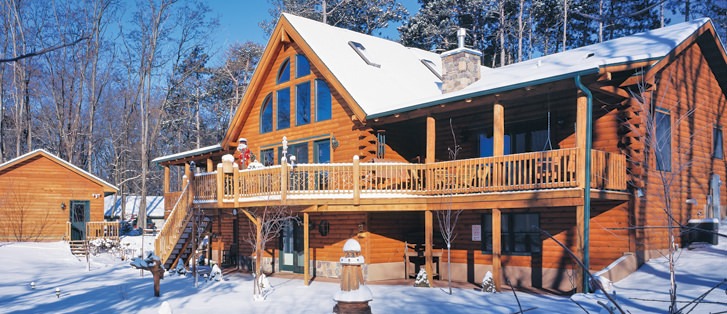
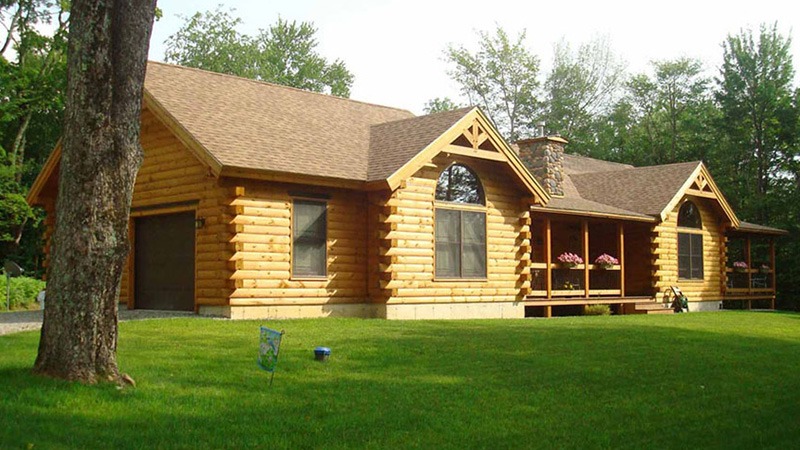
![[KAB-IN] Vermont - Renovated 1972 Real Log Homes Rental Cabin](https://realloghomes.com/wp-content/uploads/2019/03/Cavendish-KAB-IN-Woodstock-VT-51.jpg)
